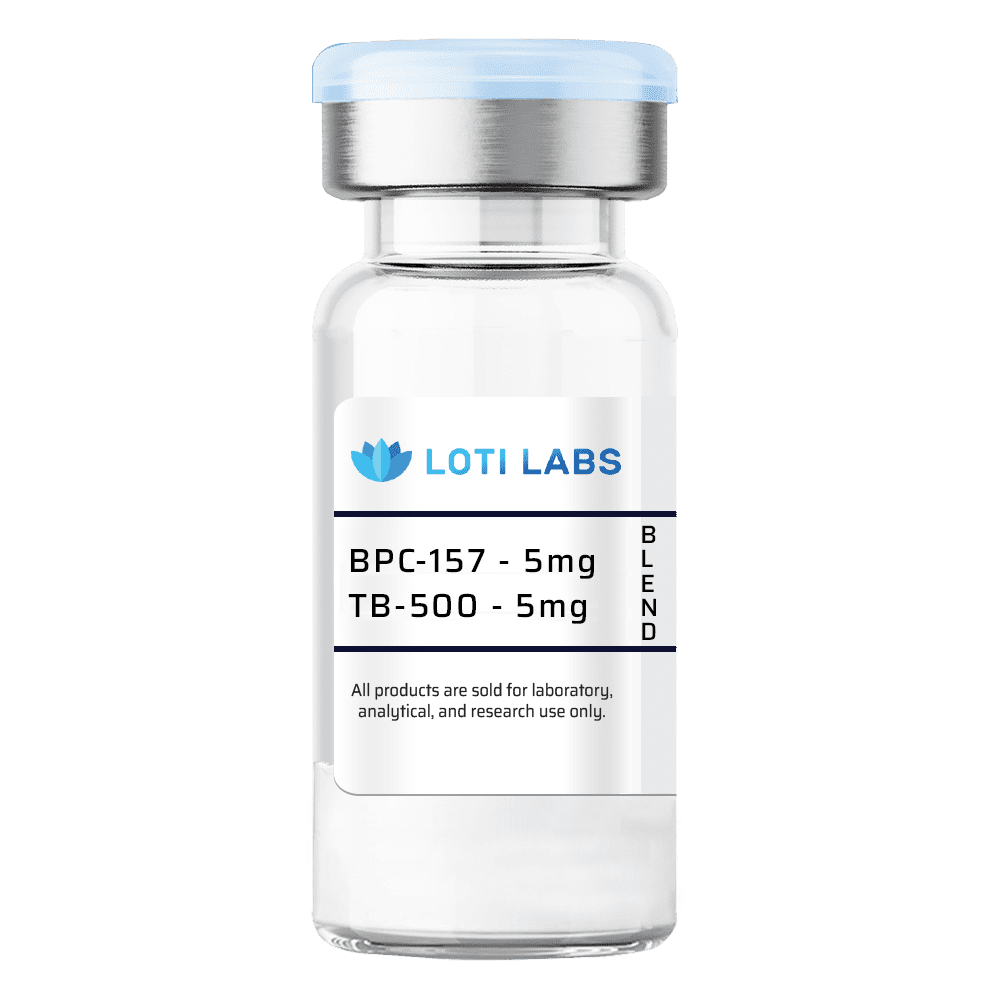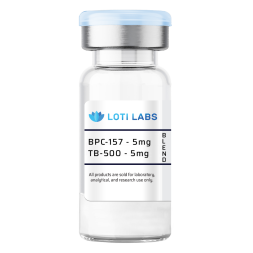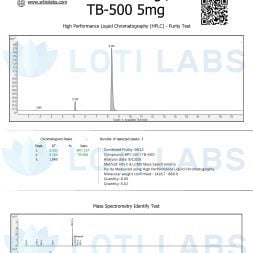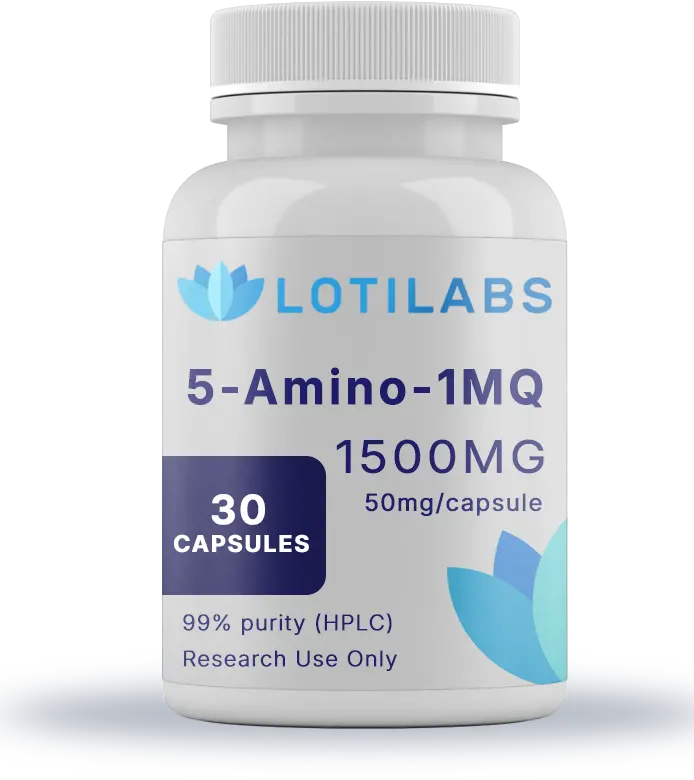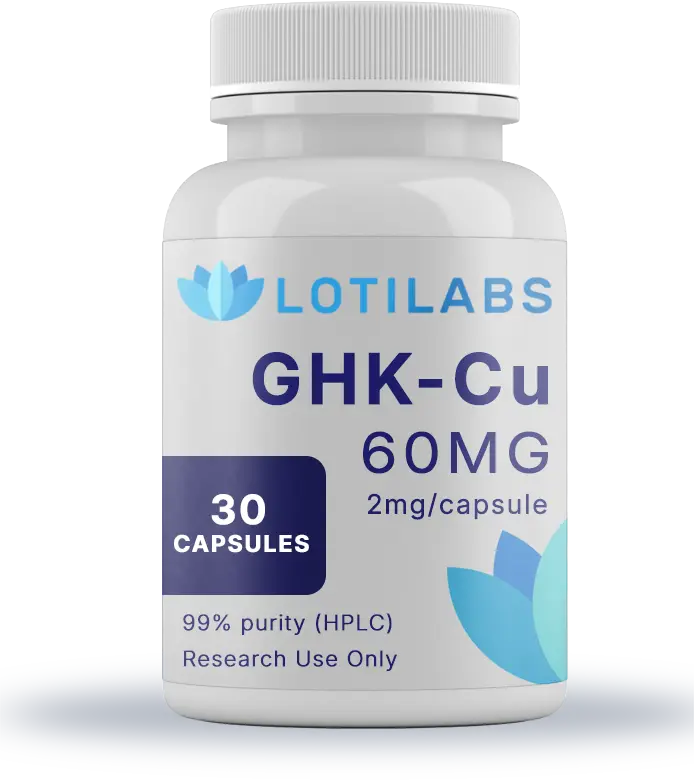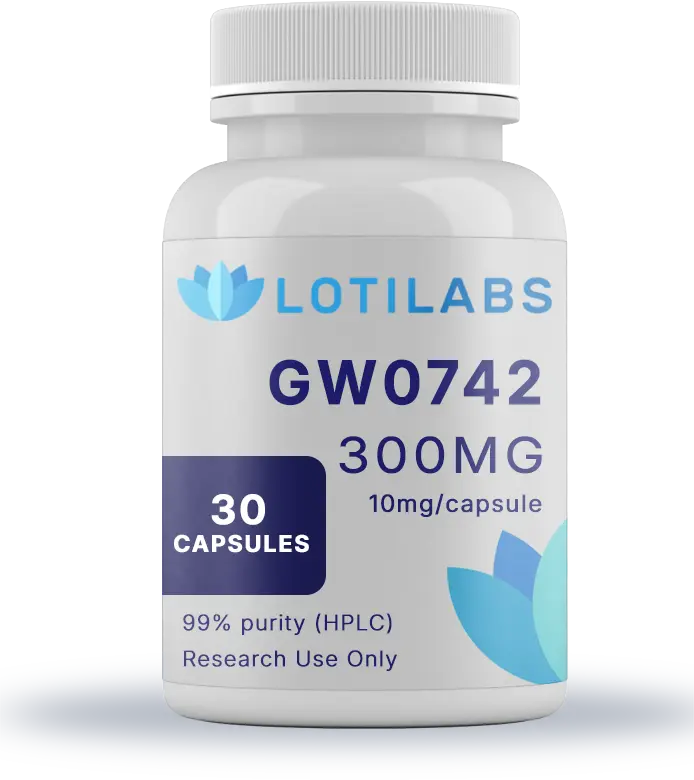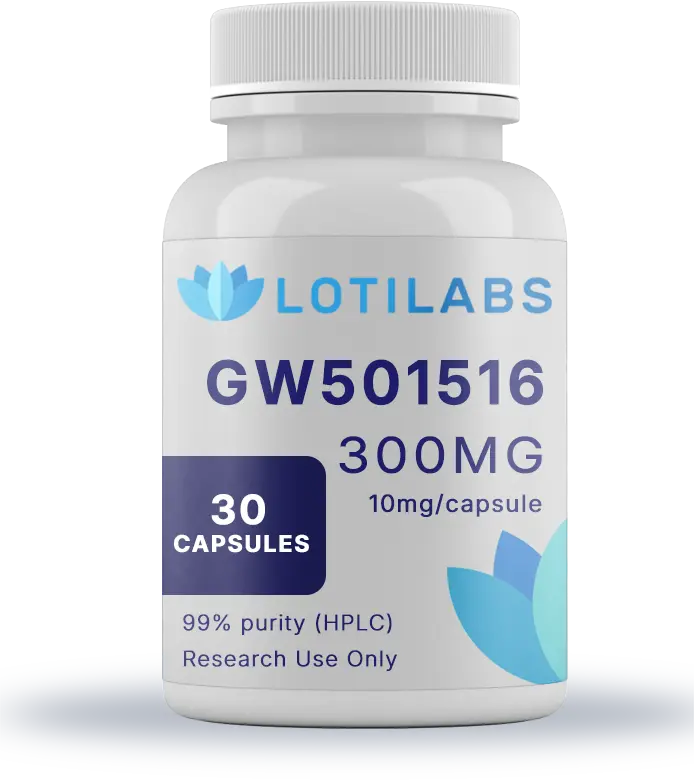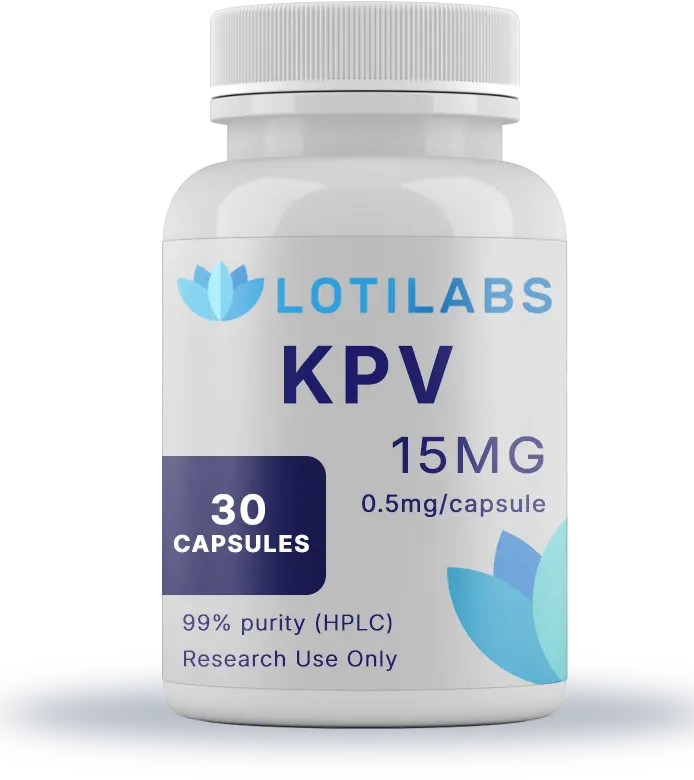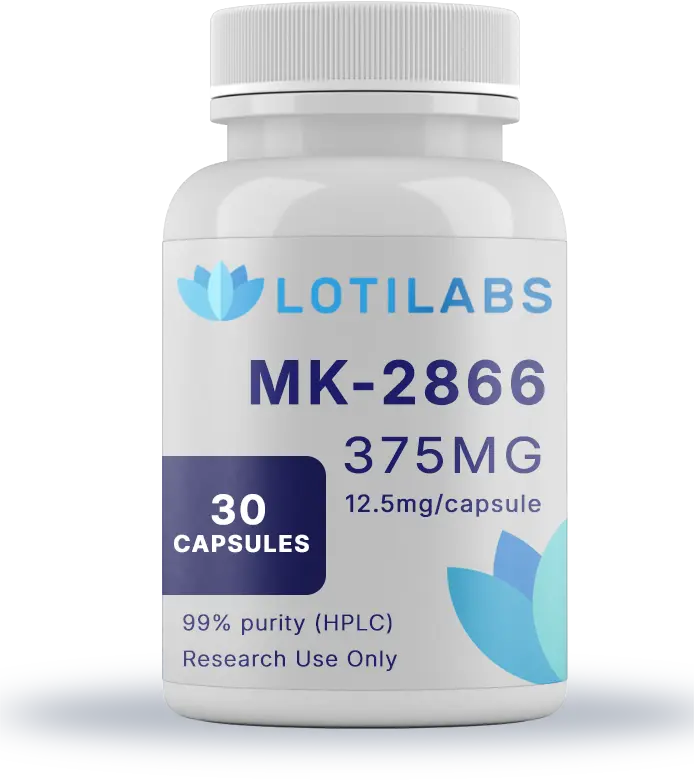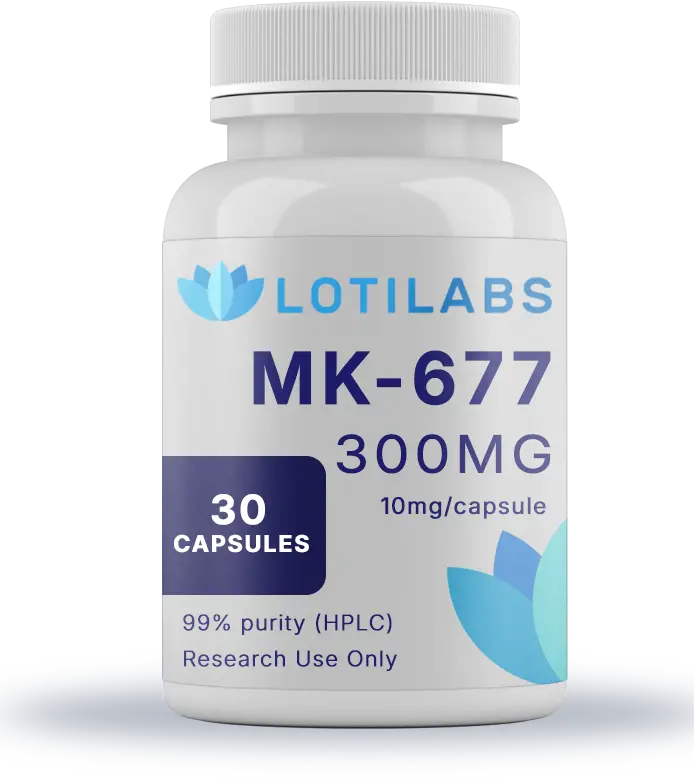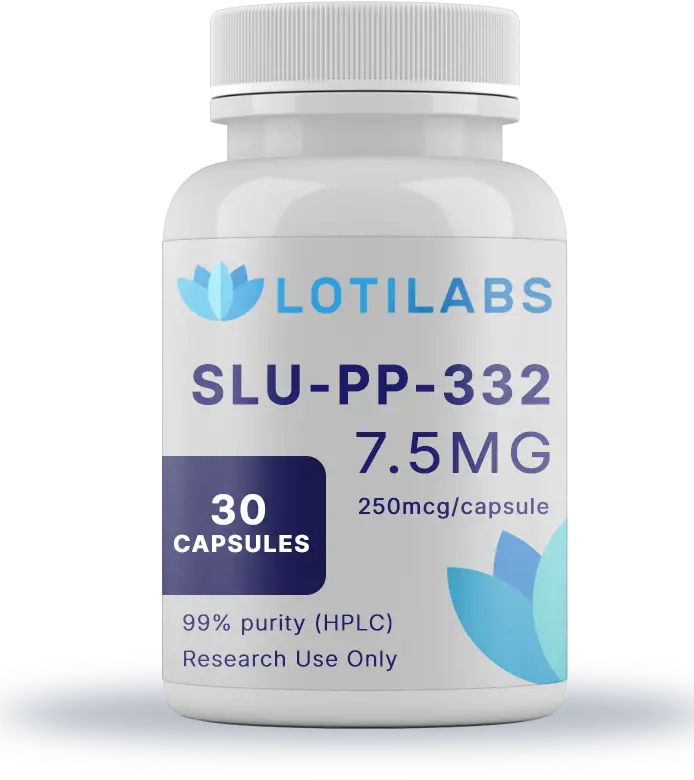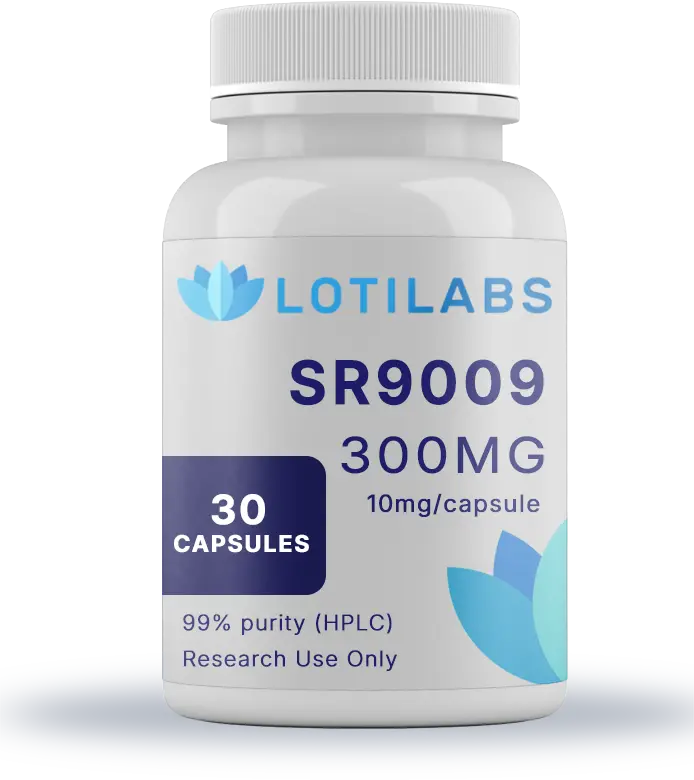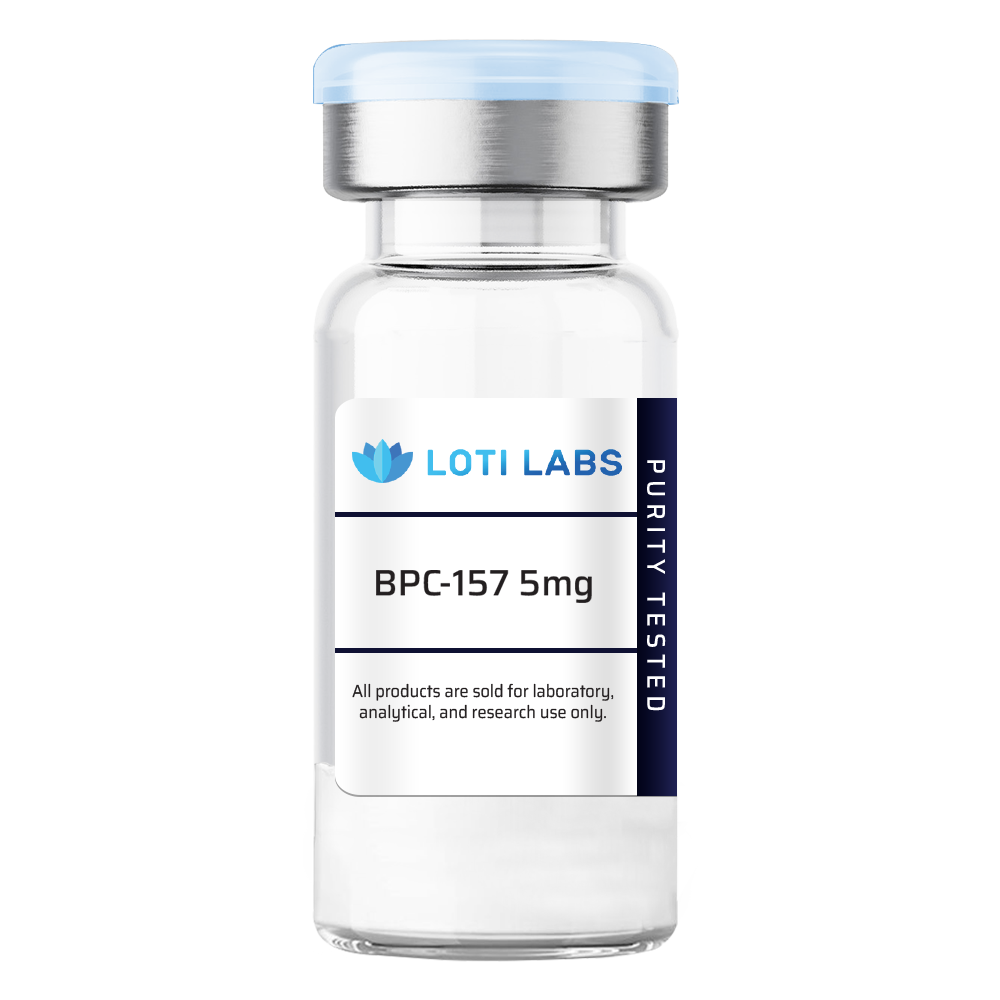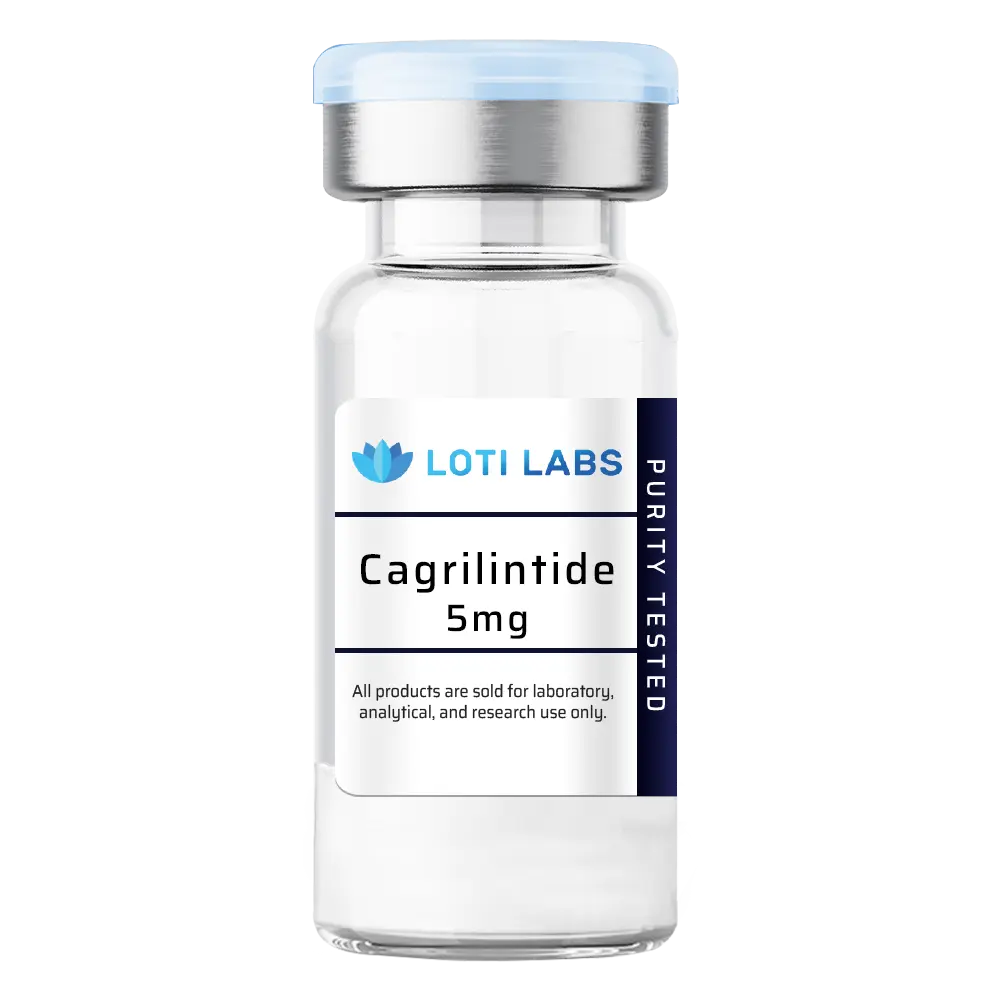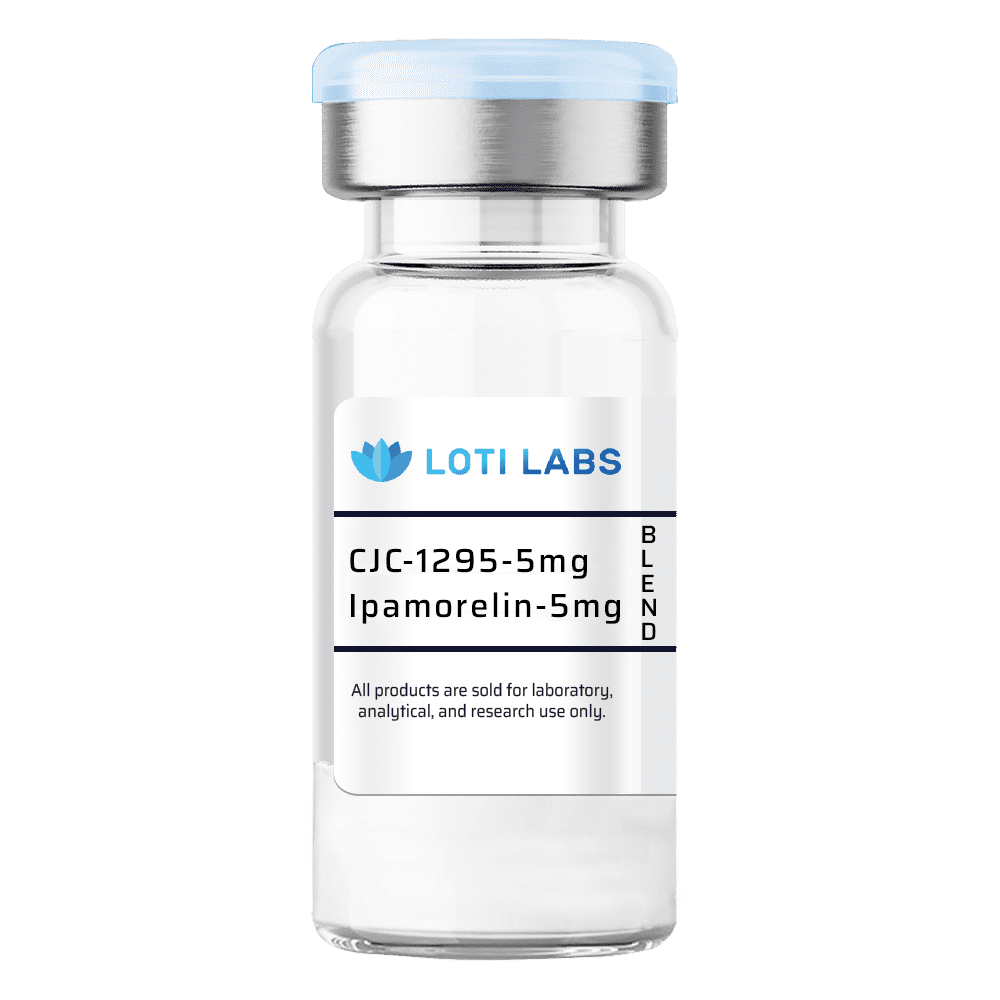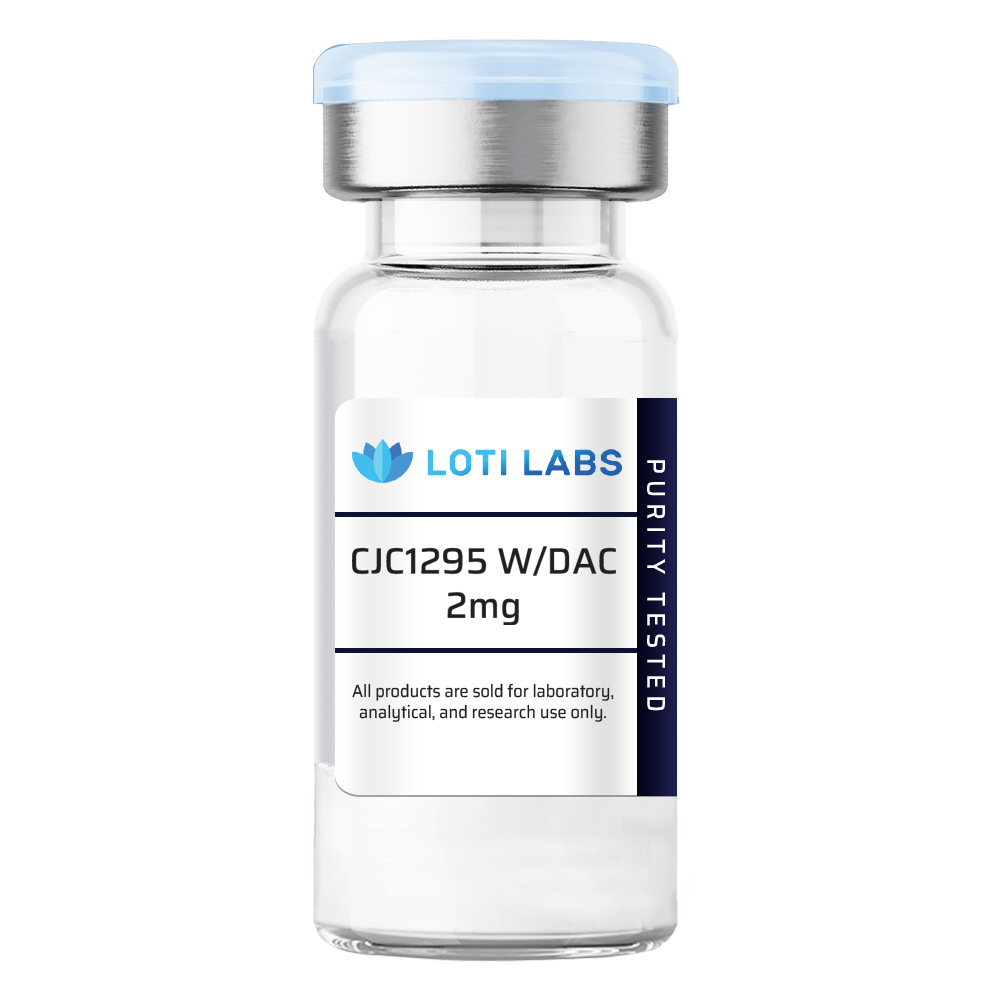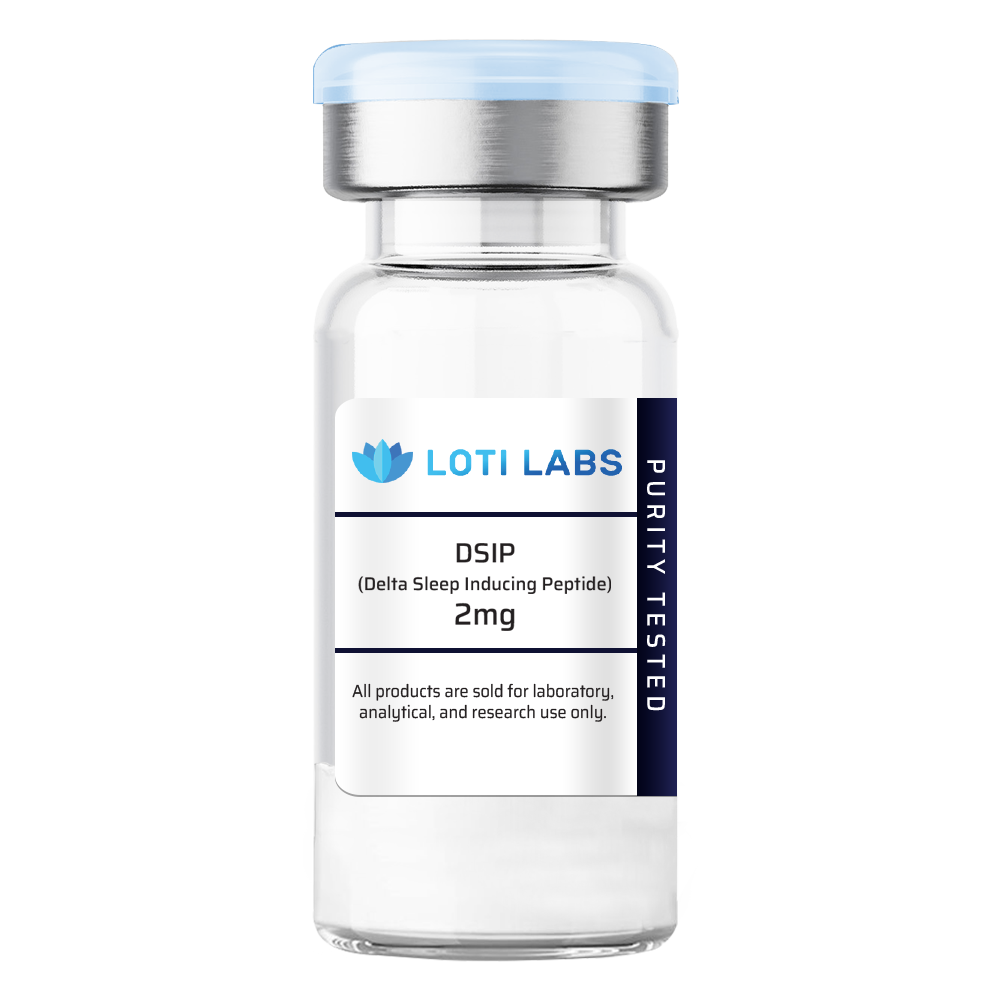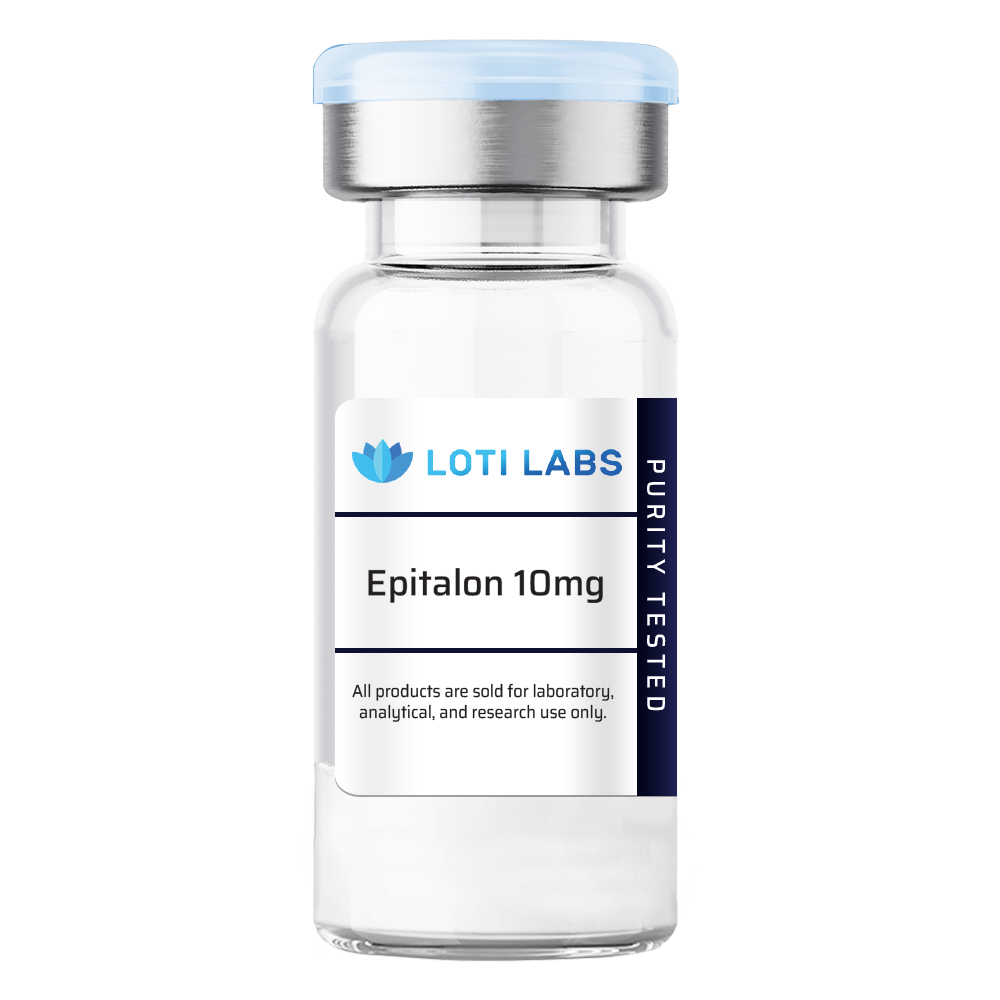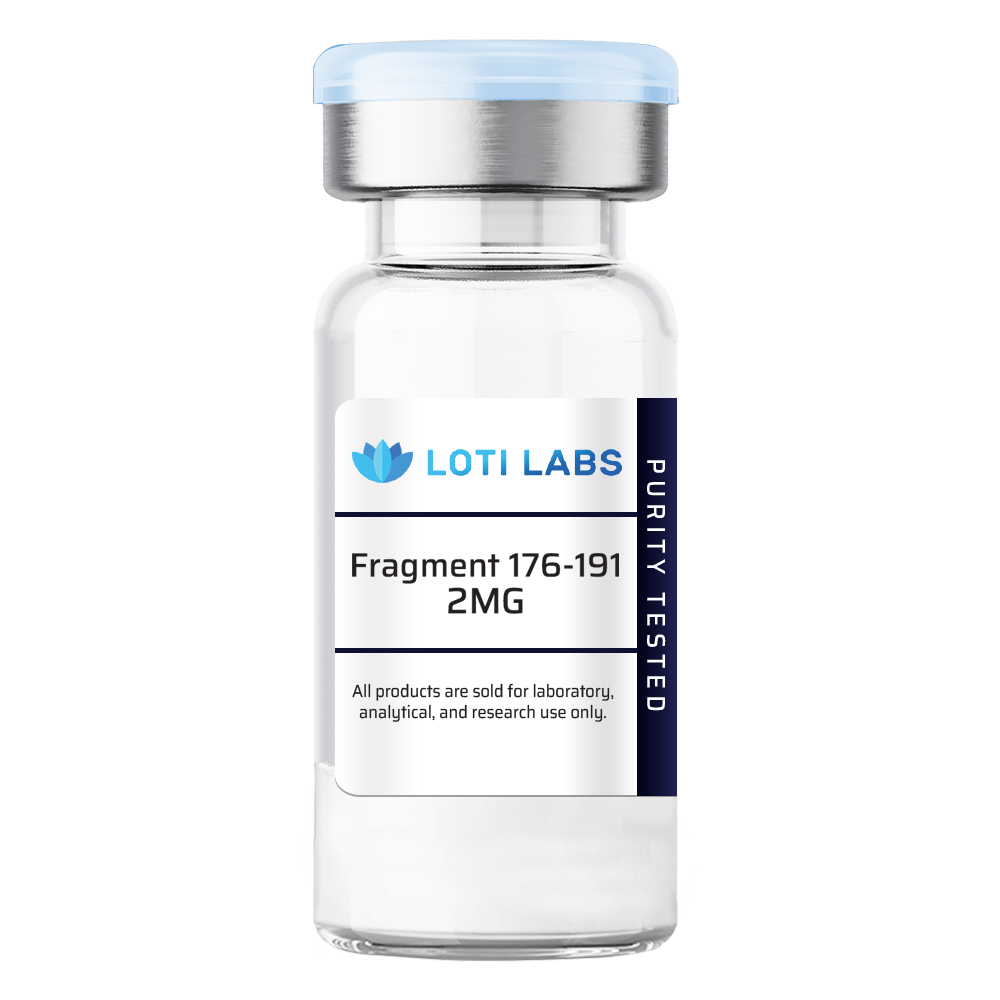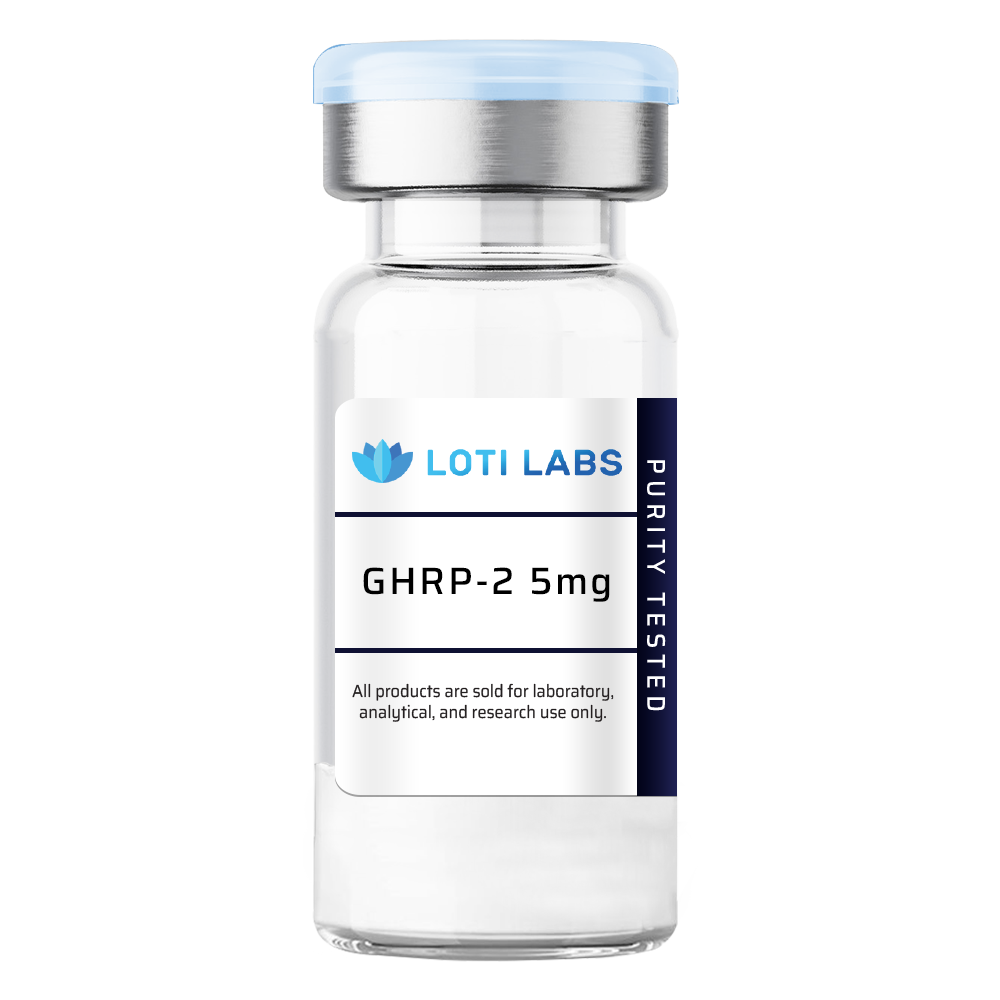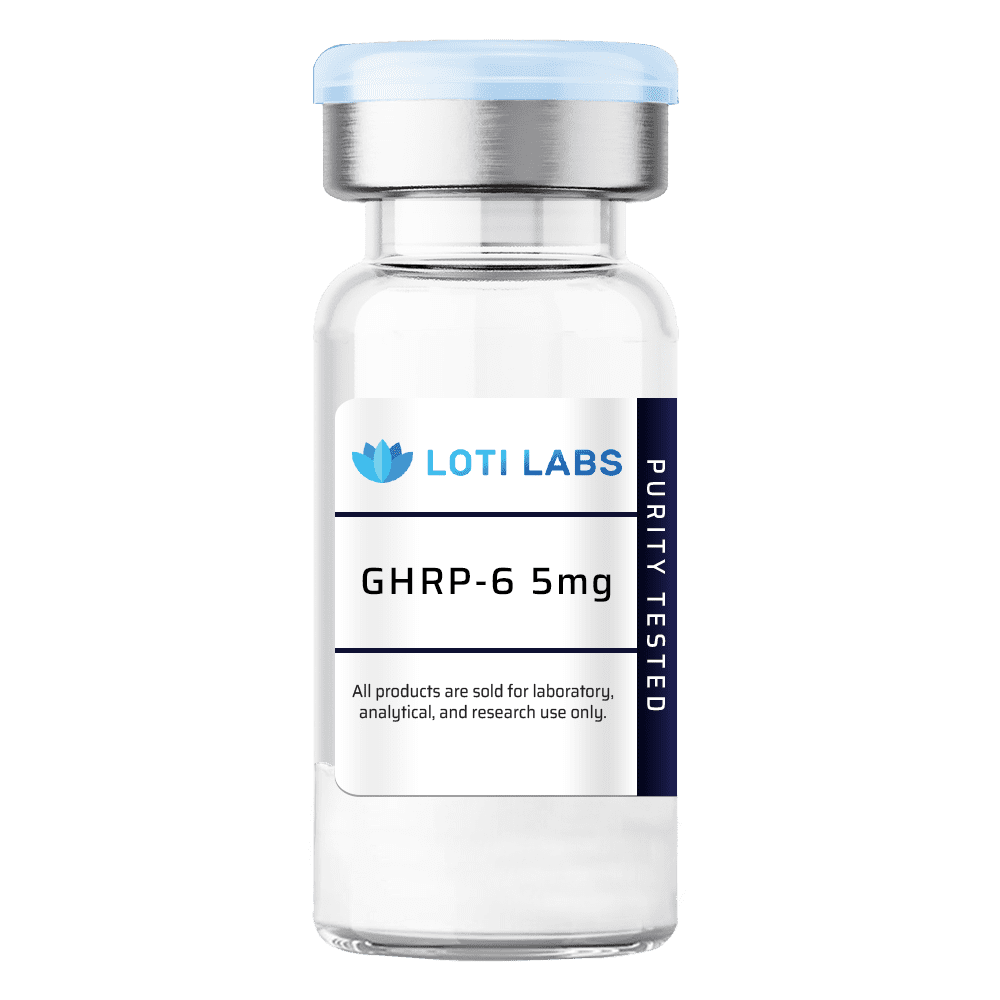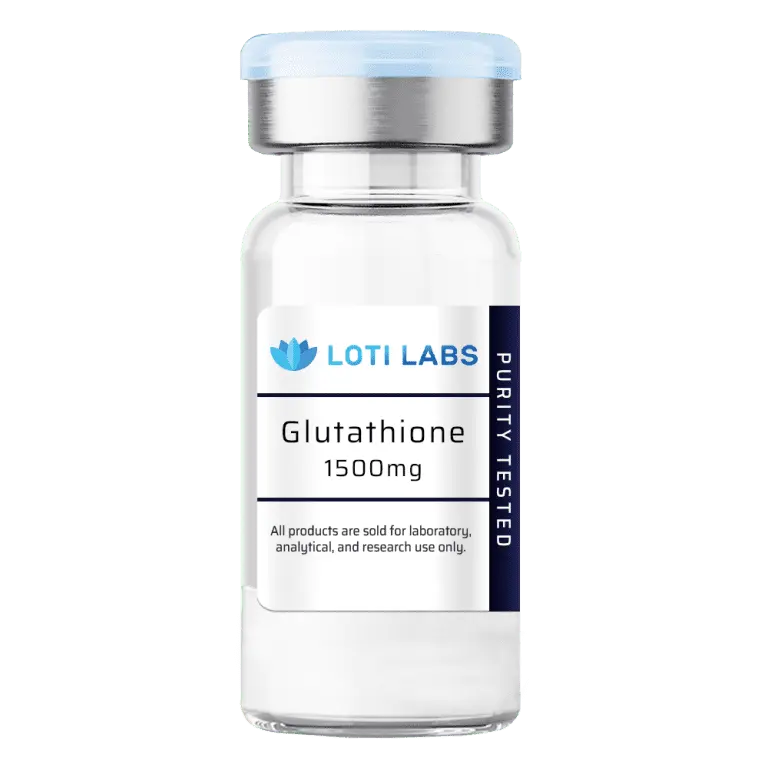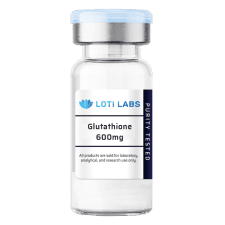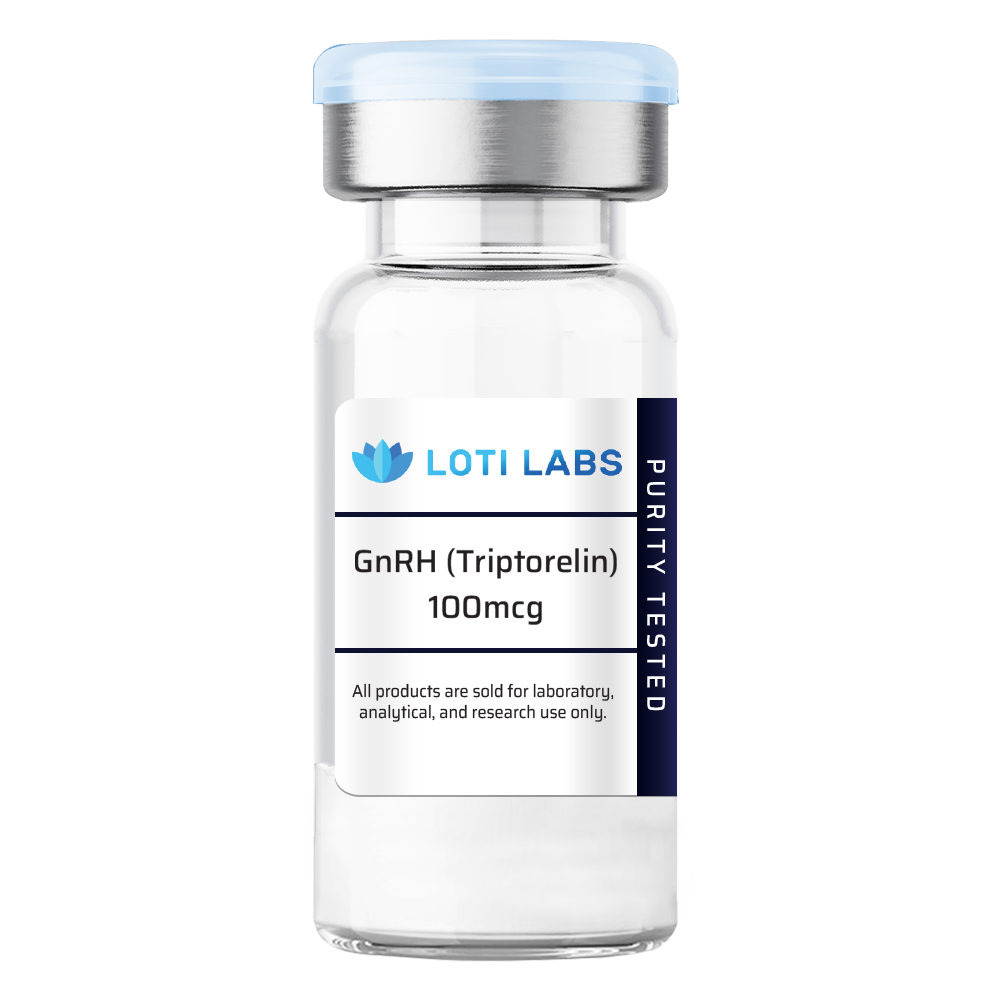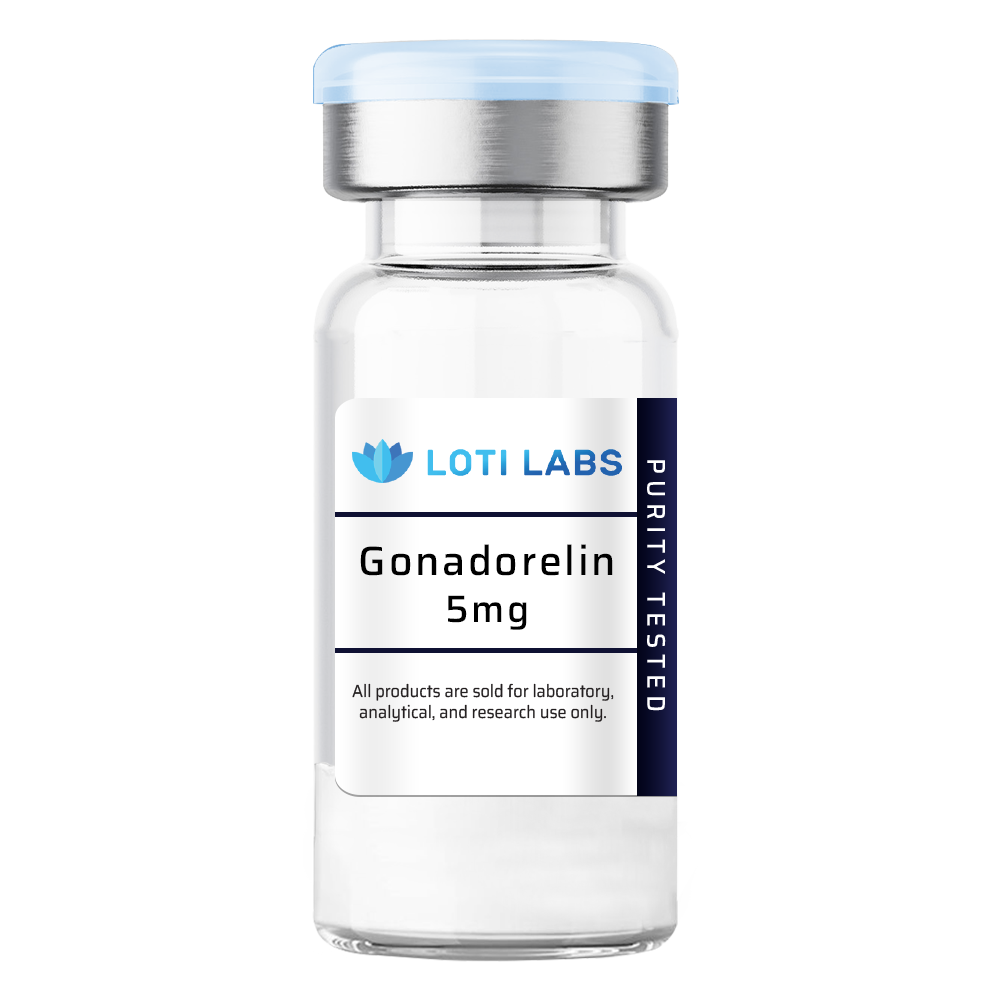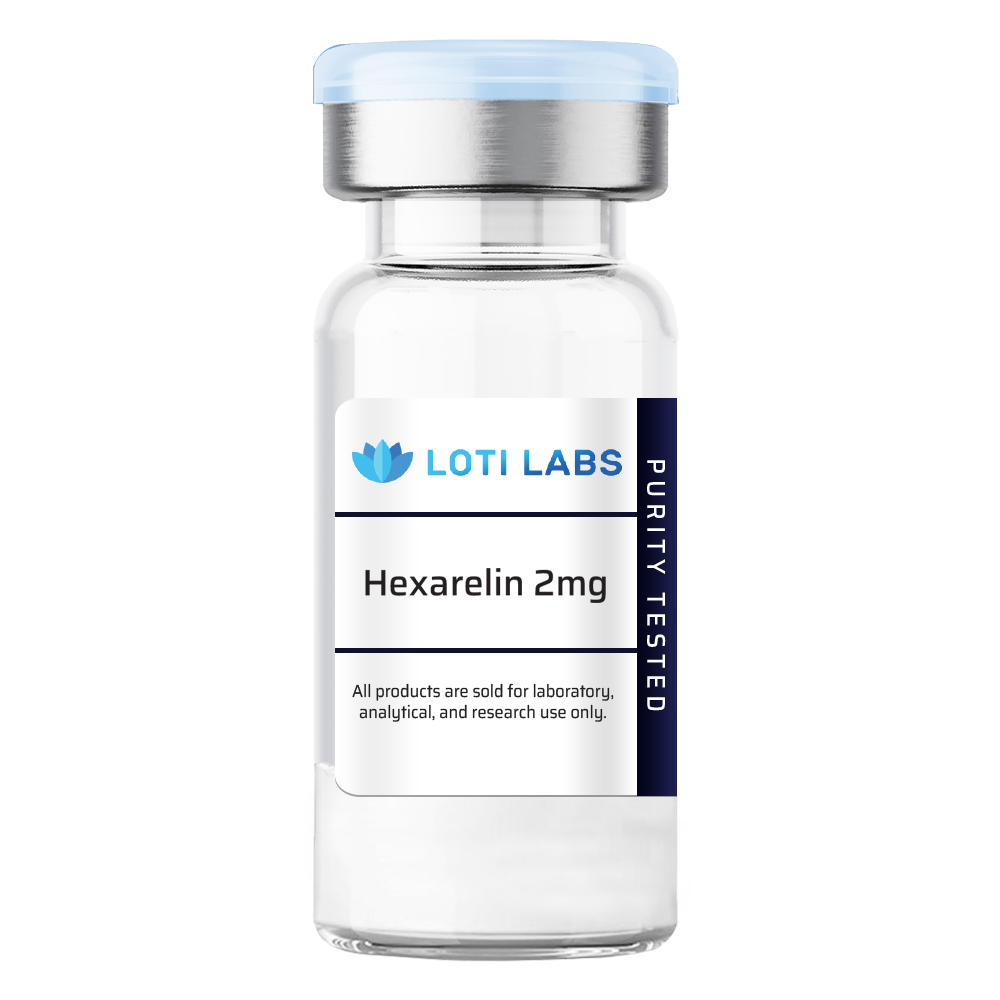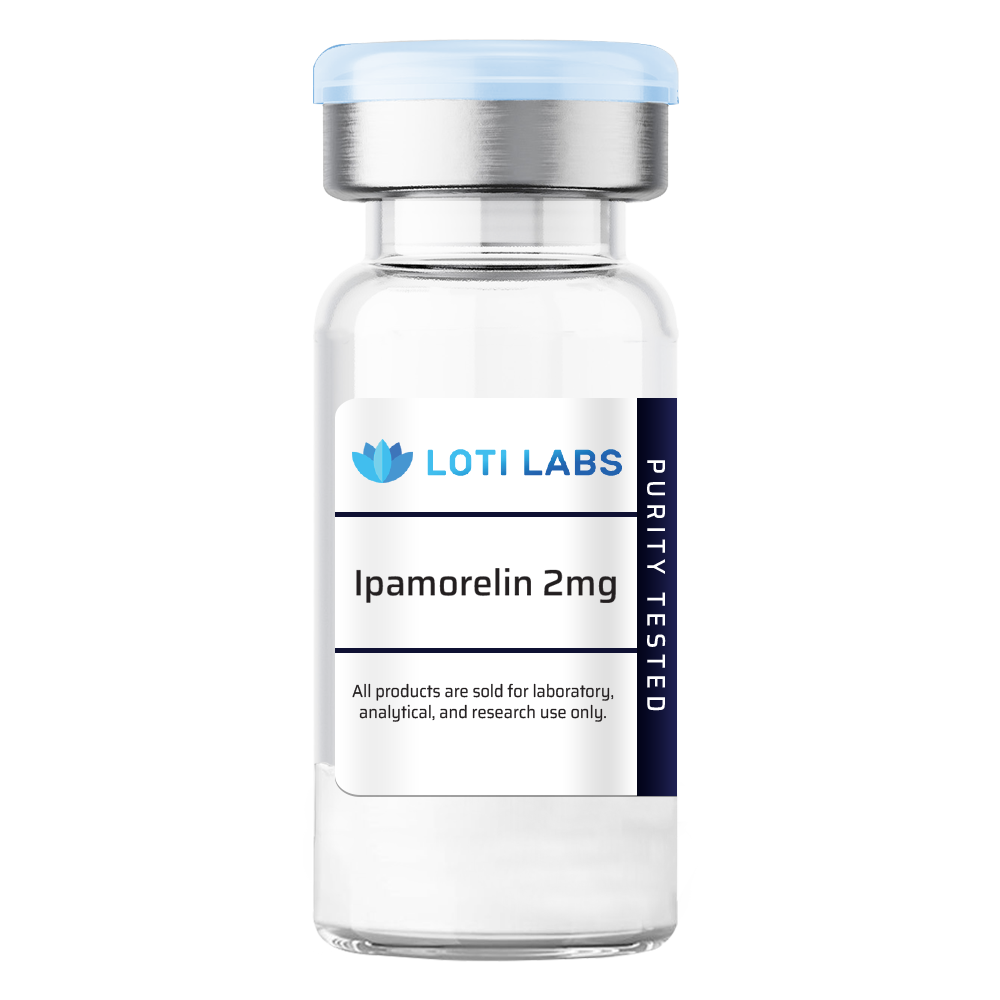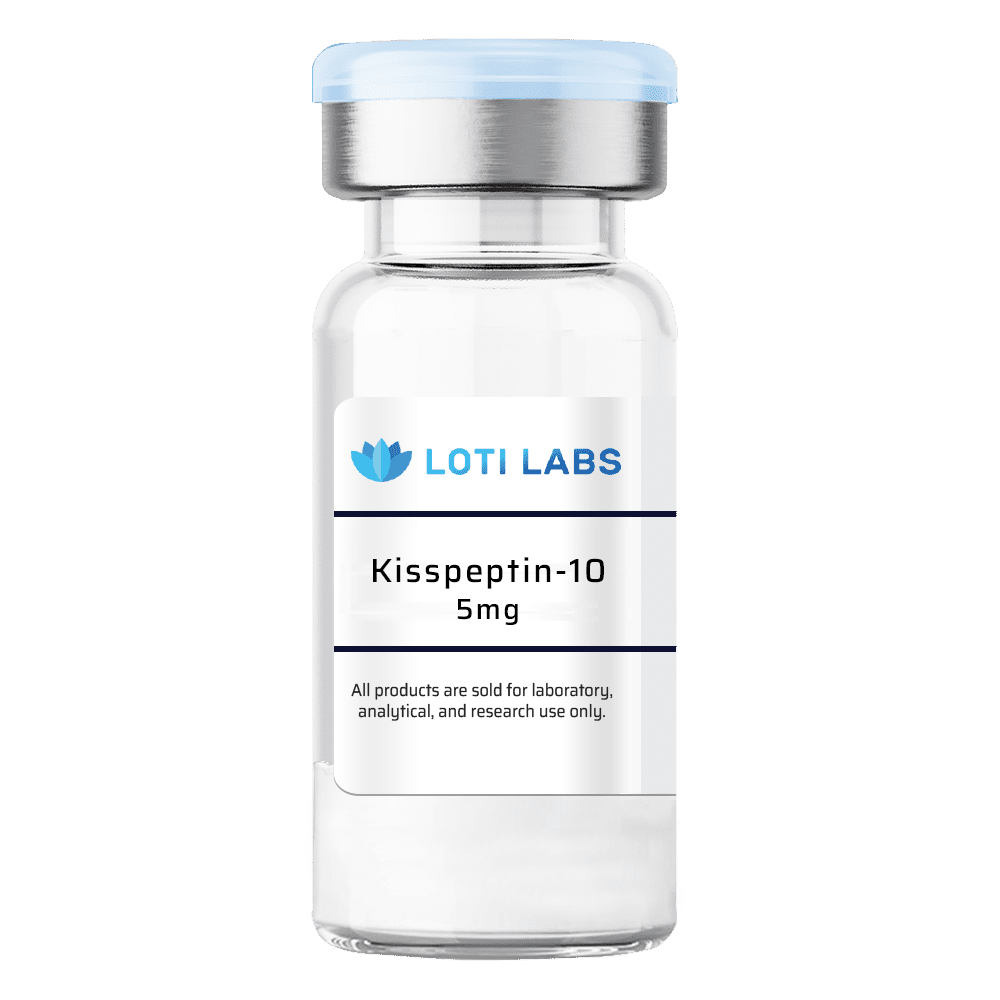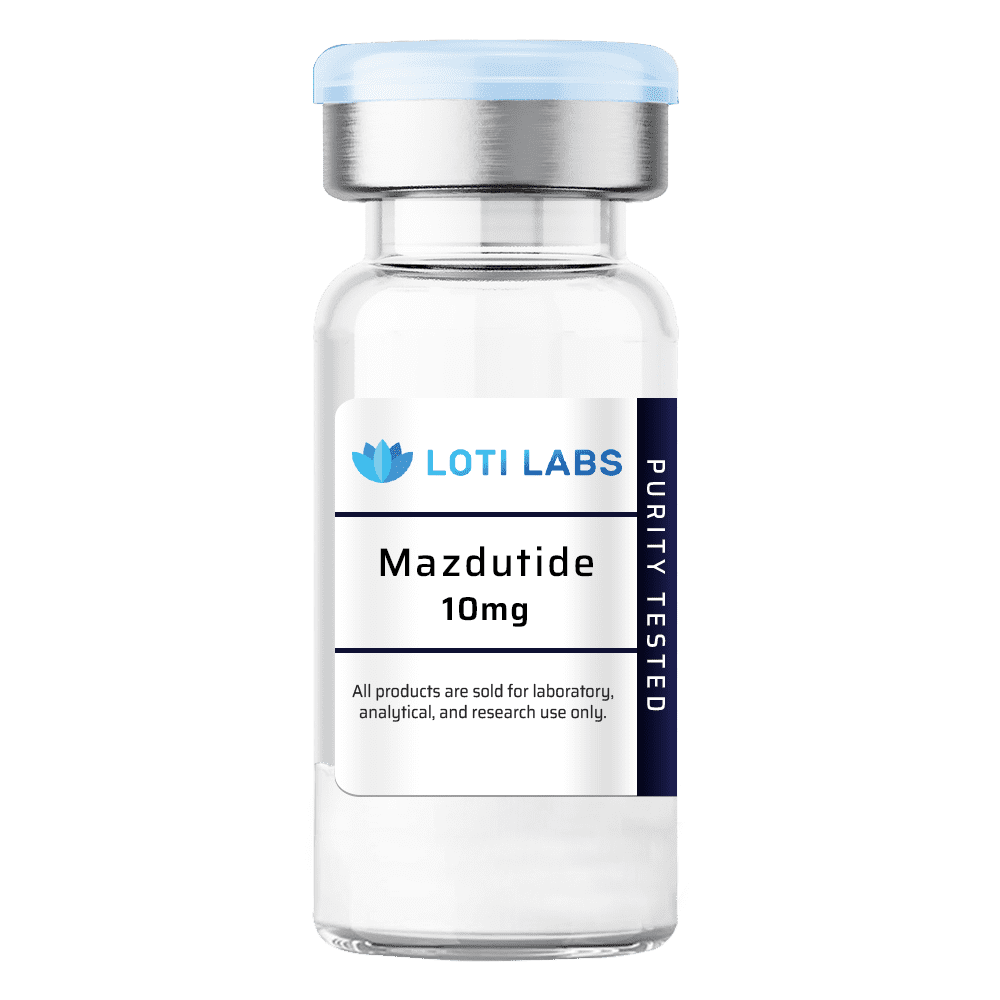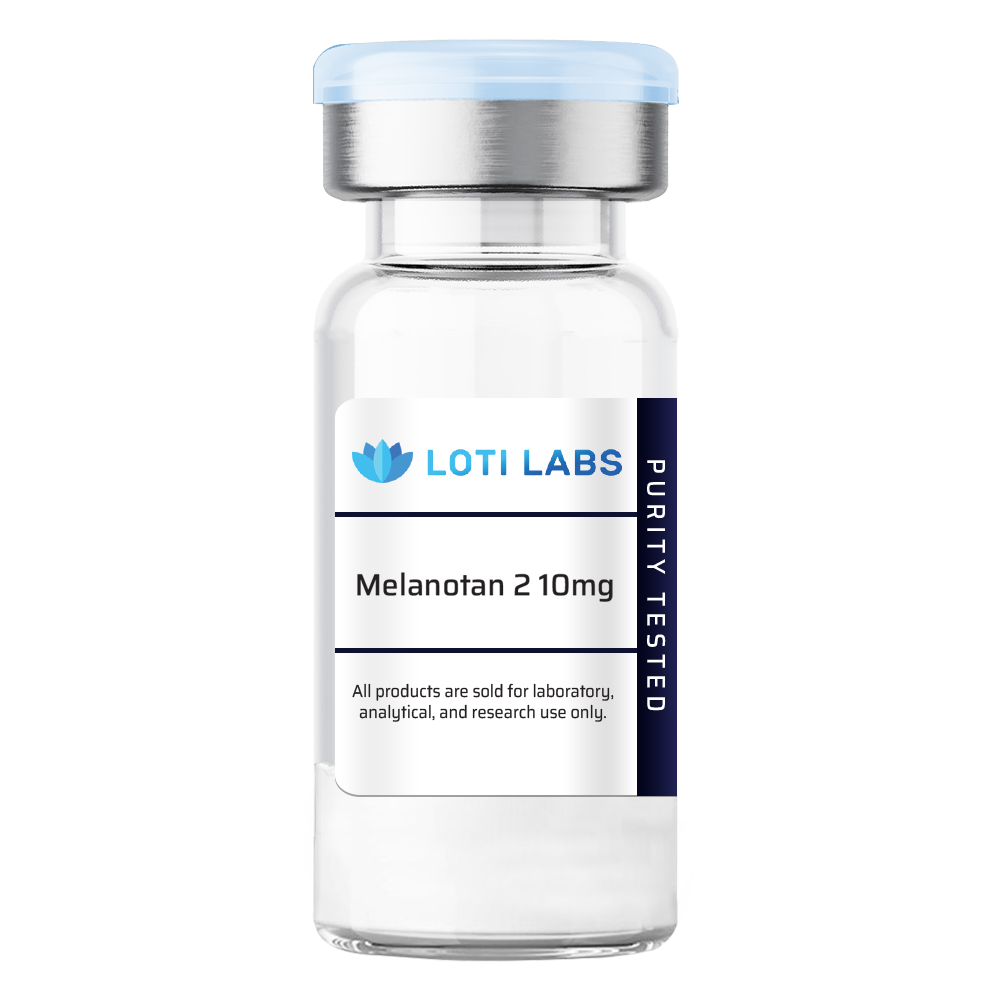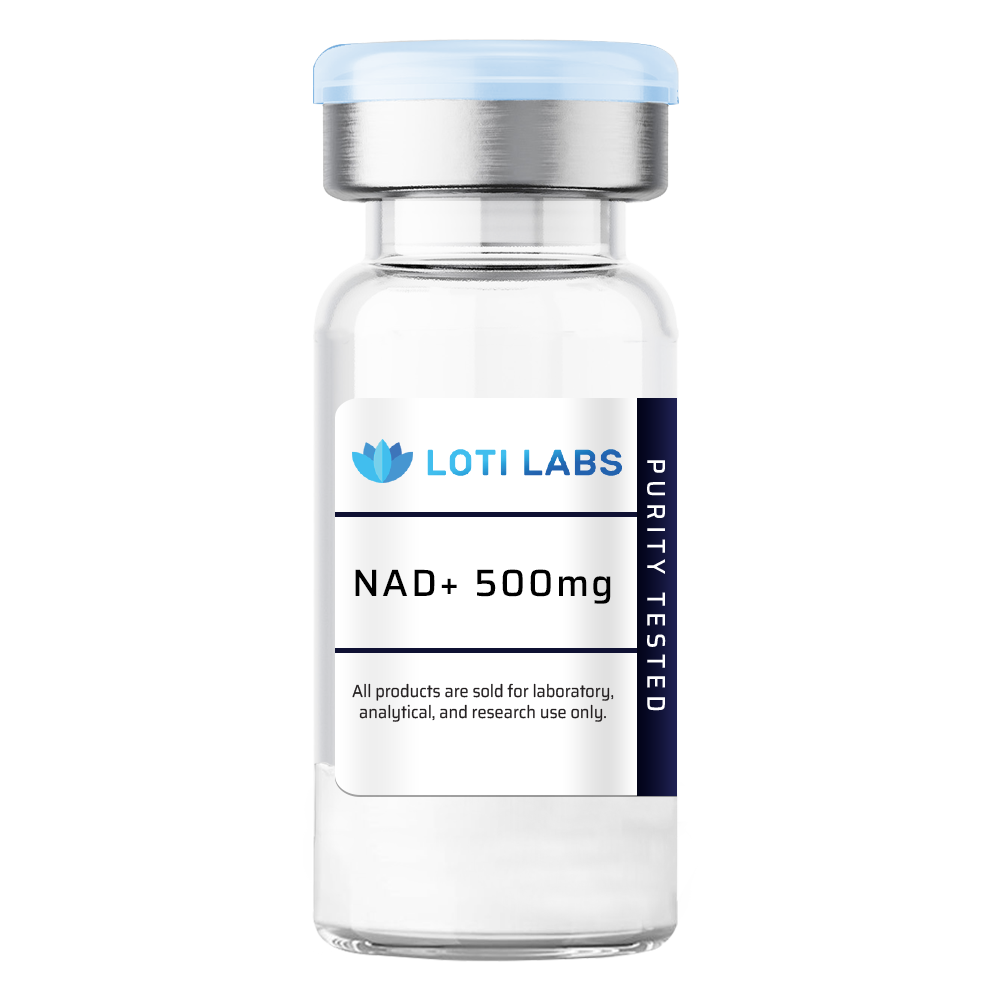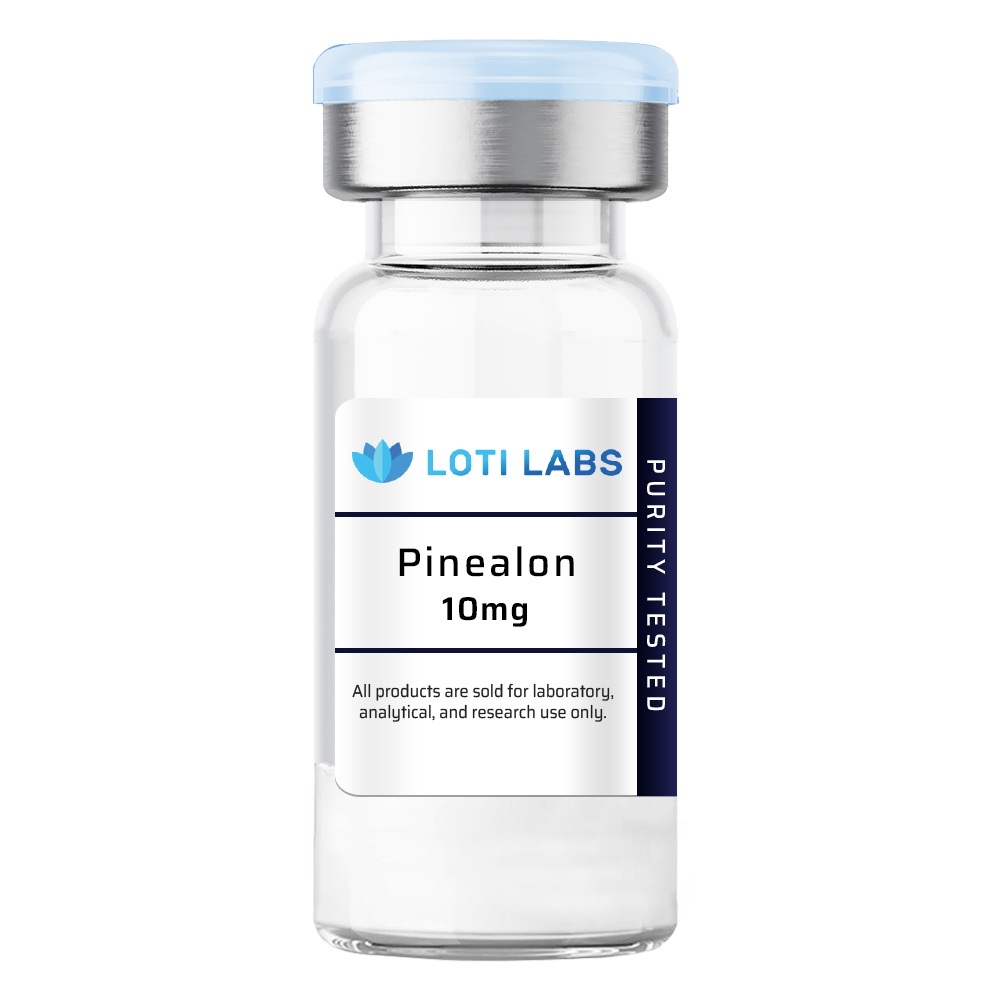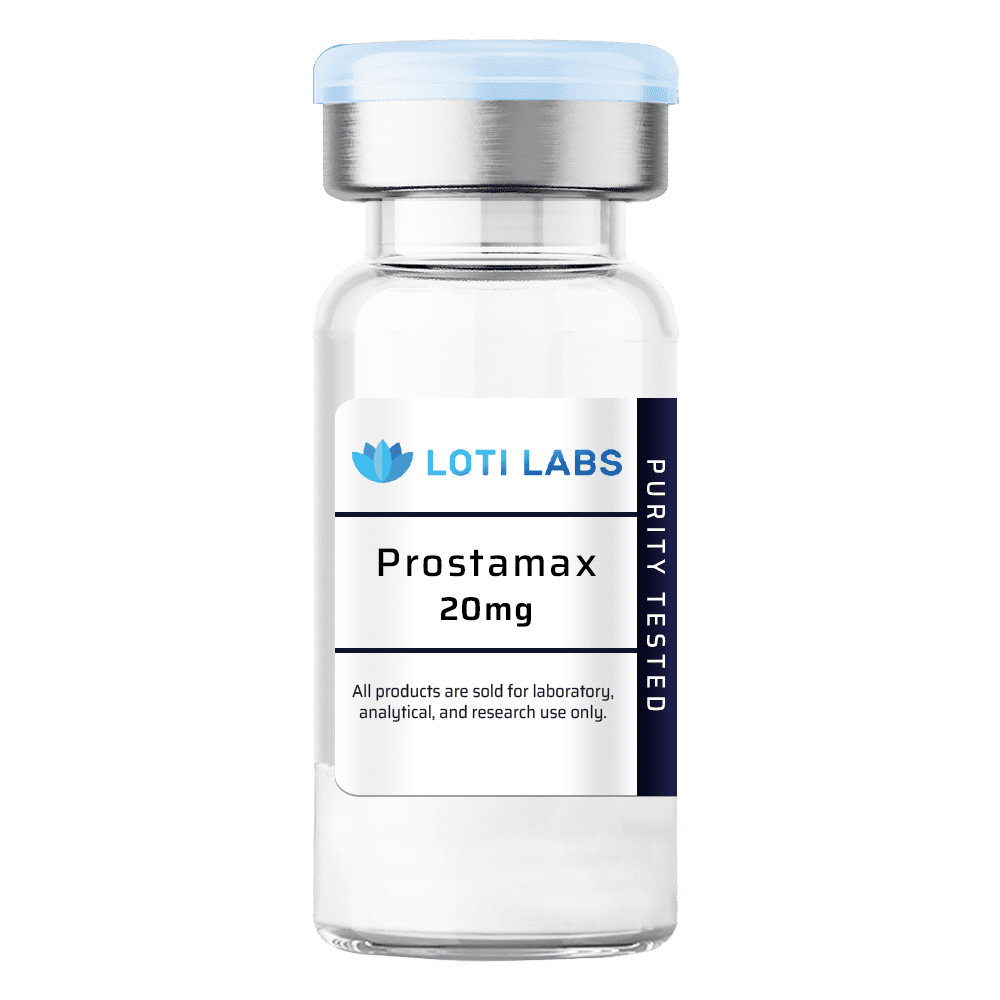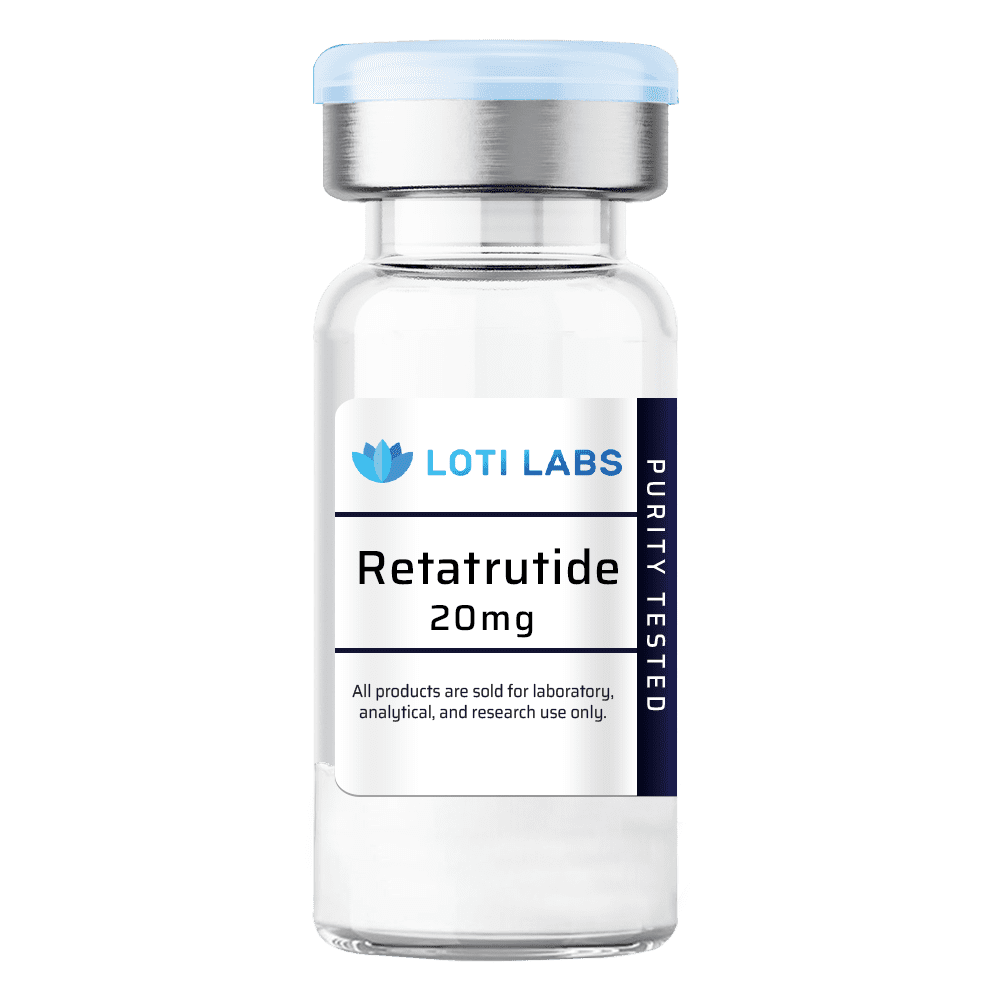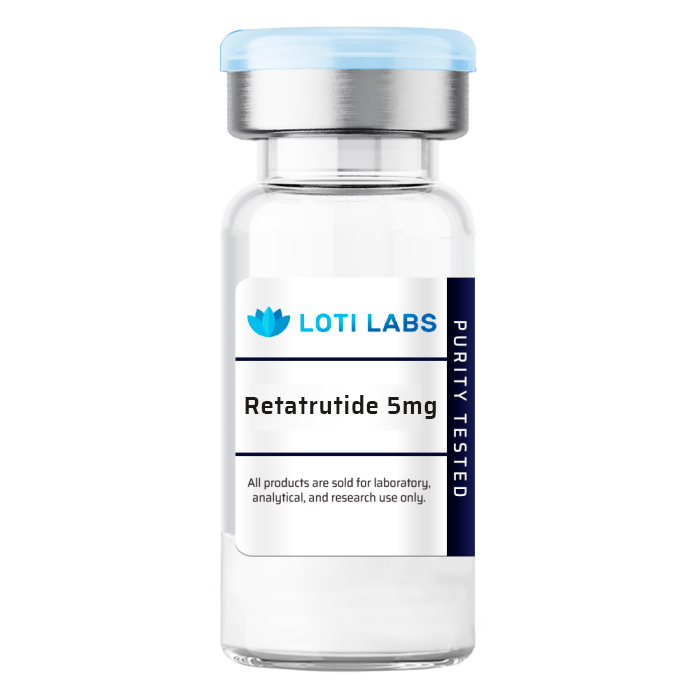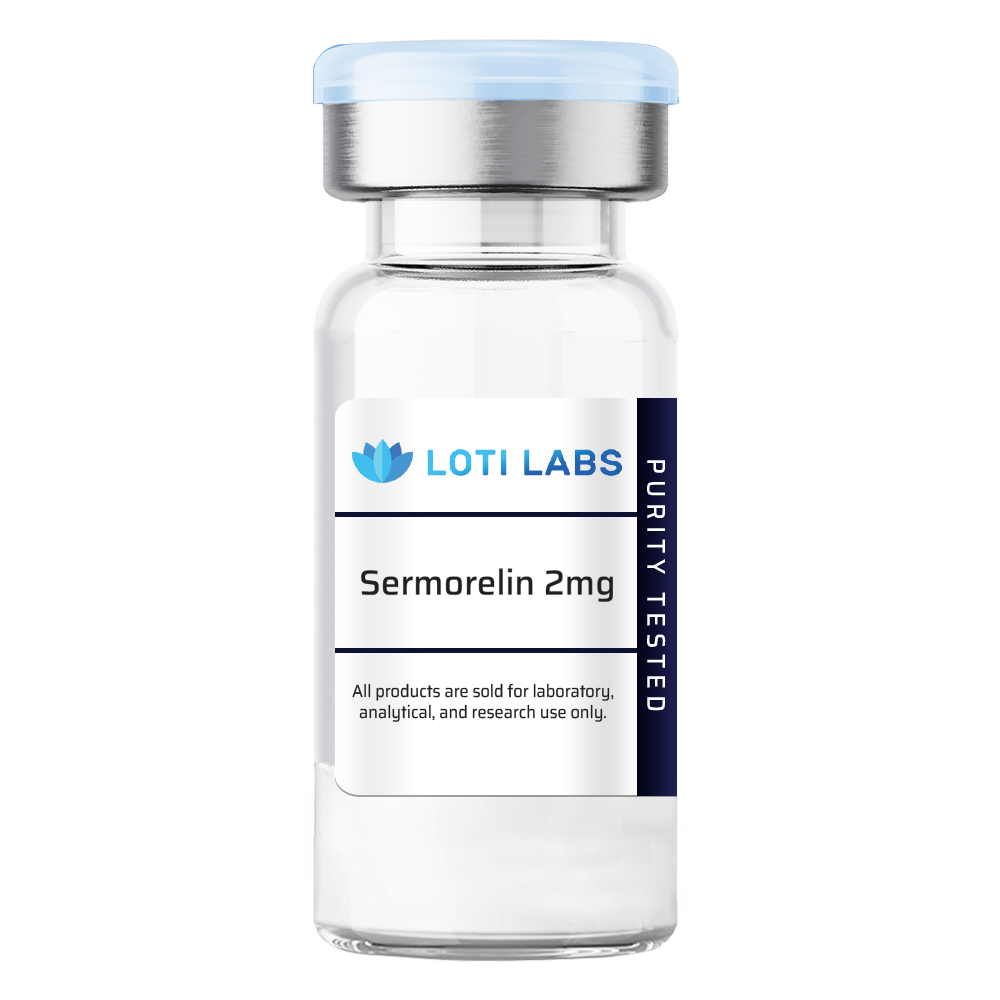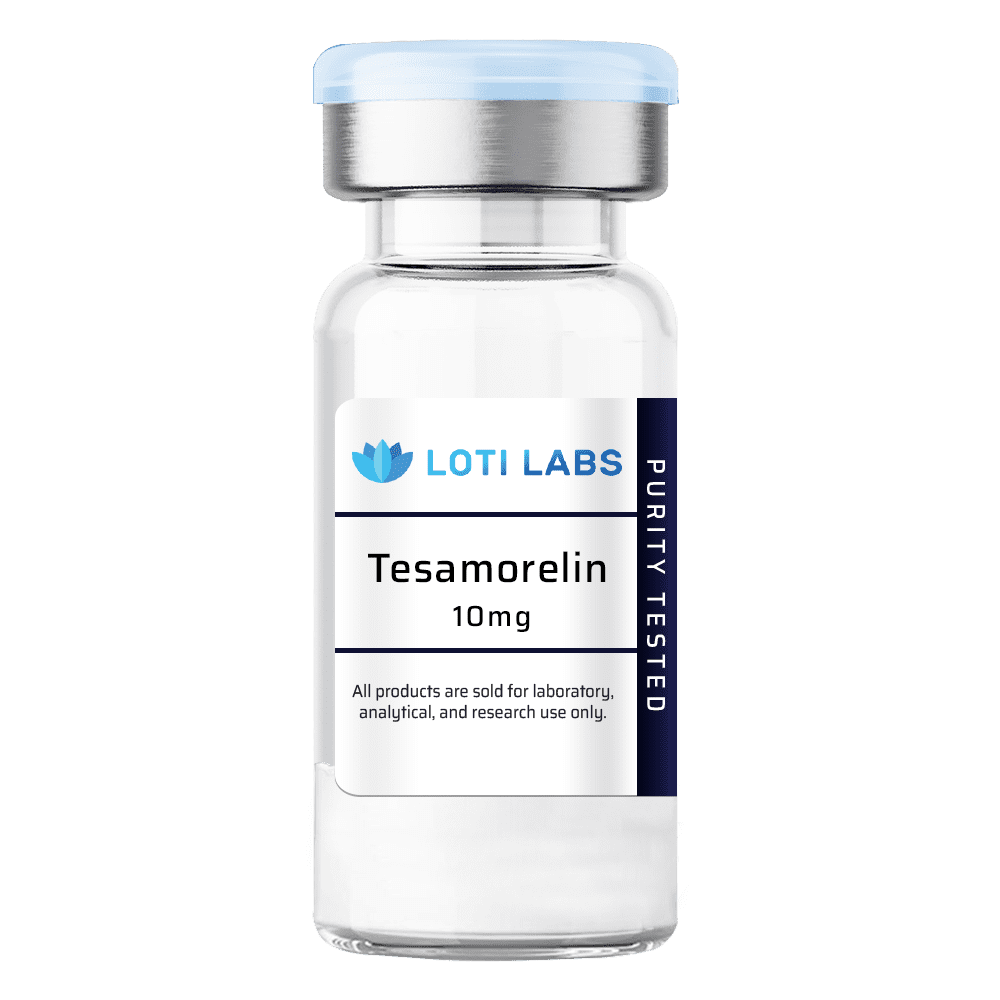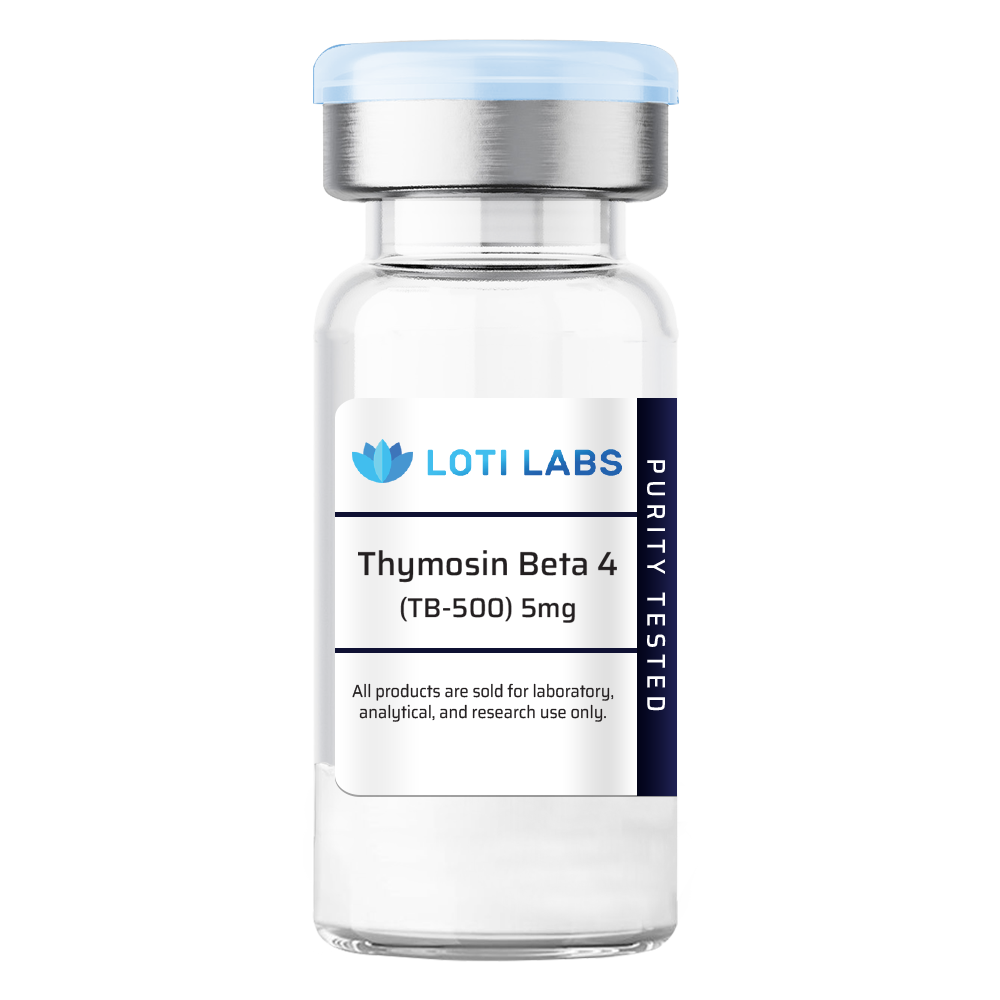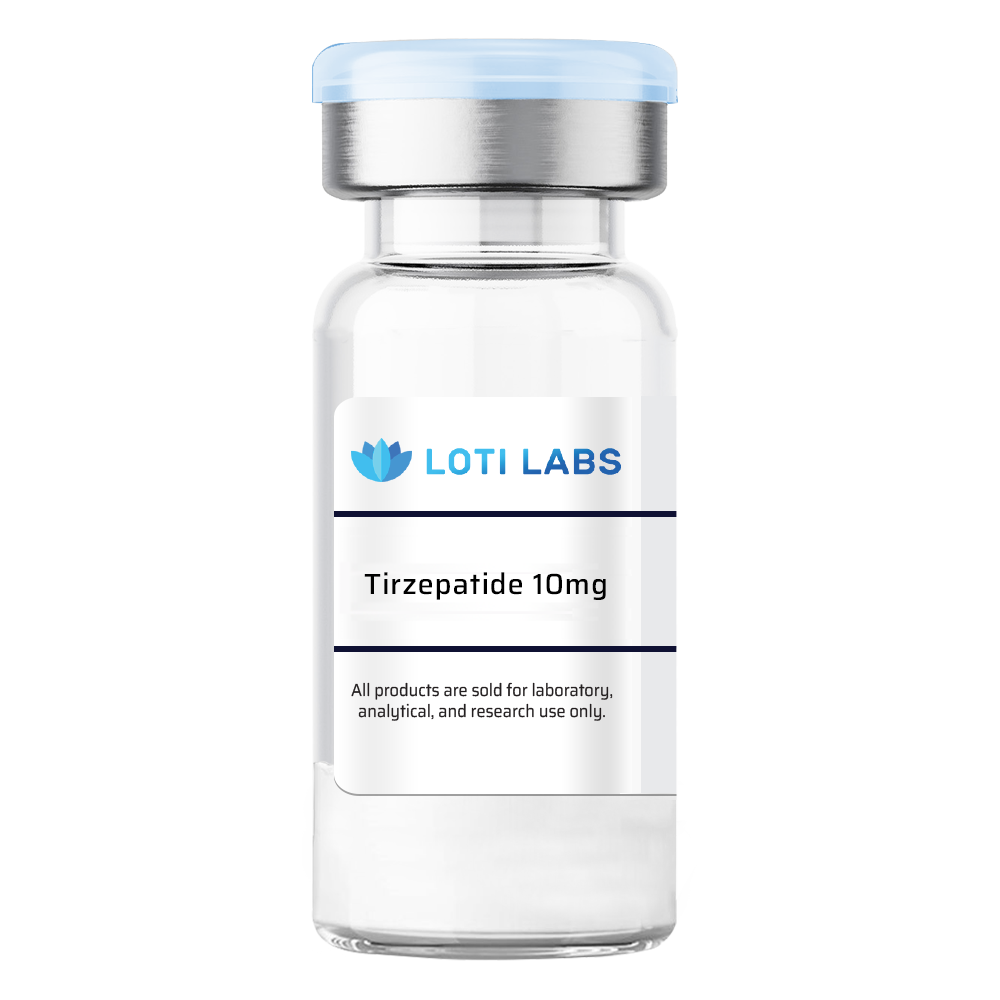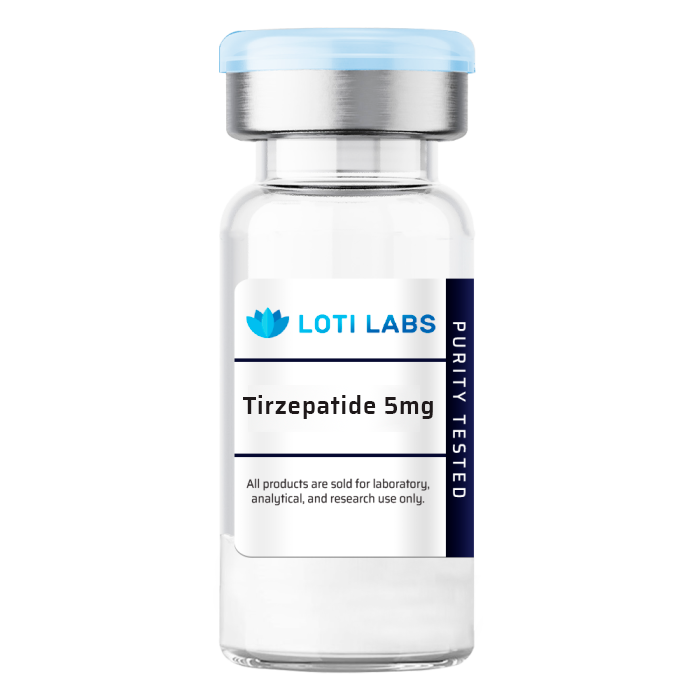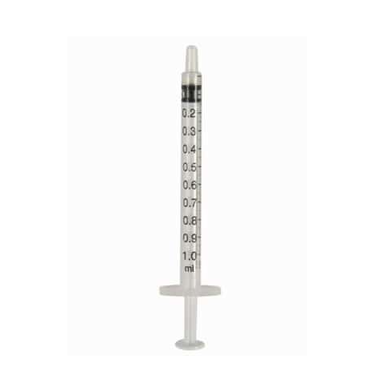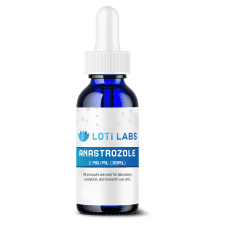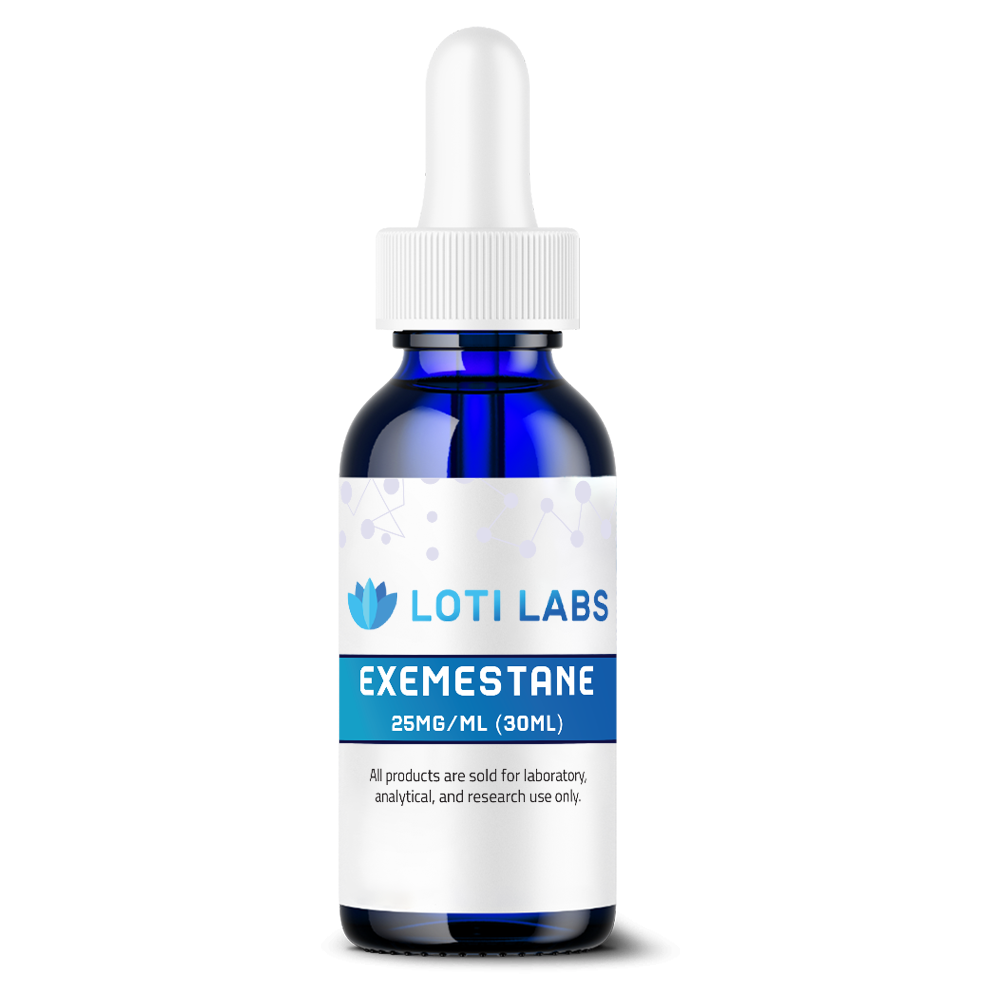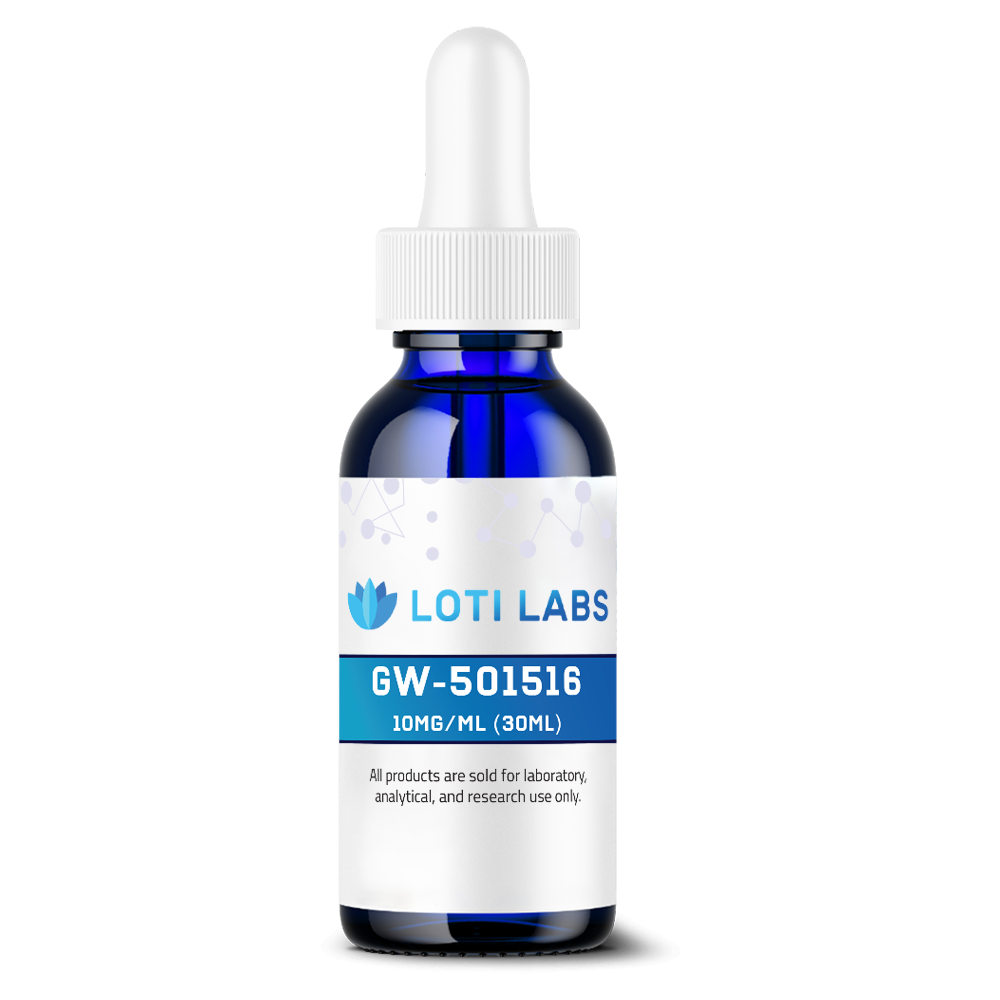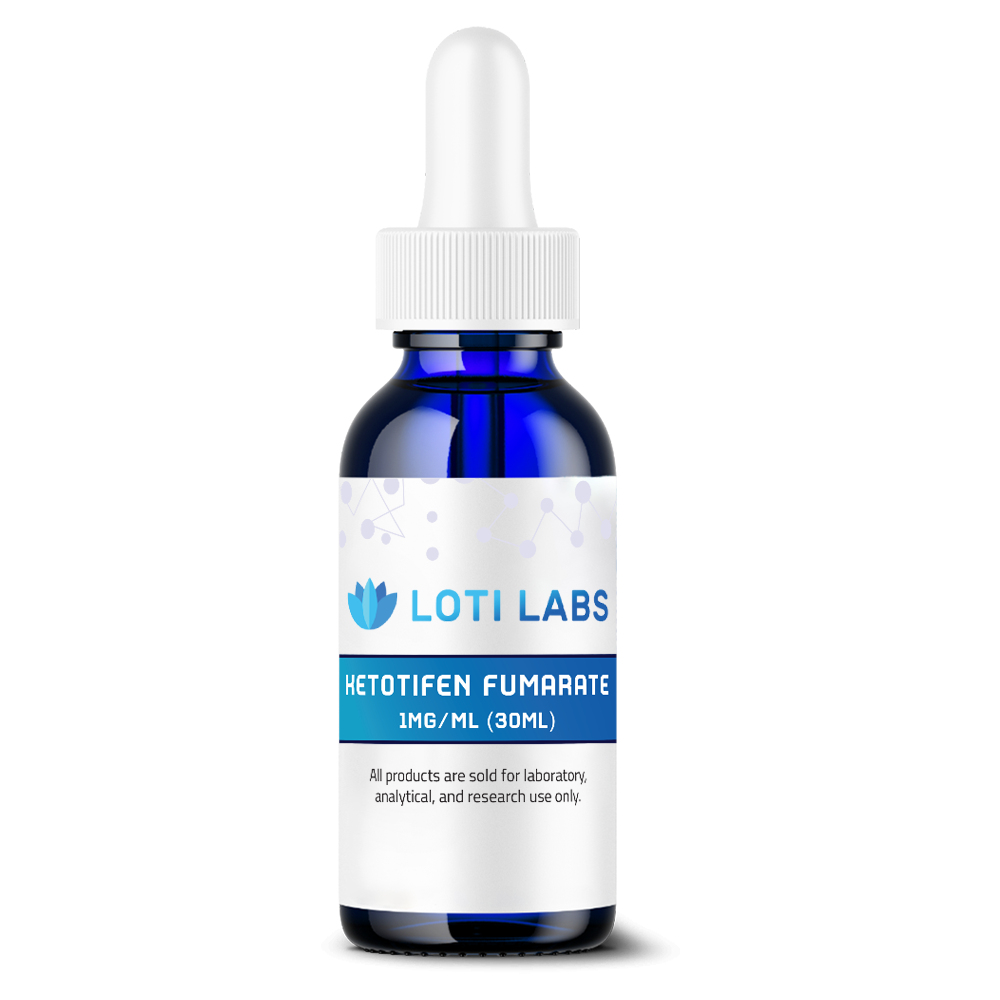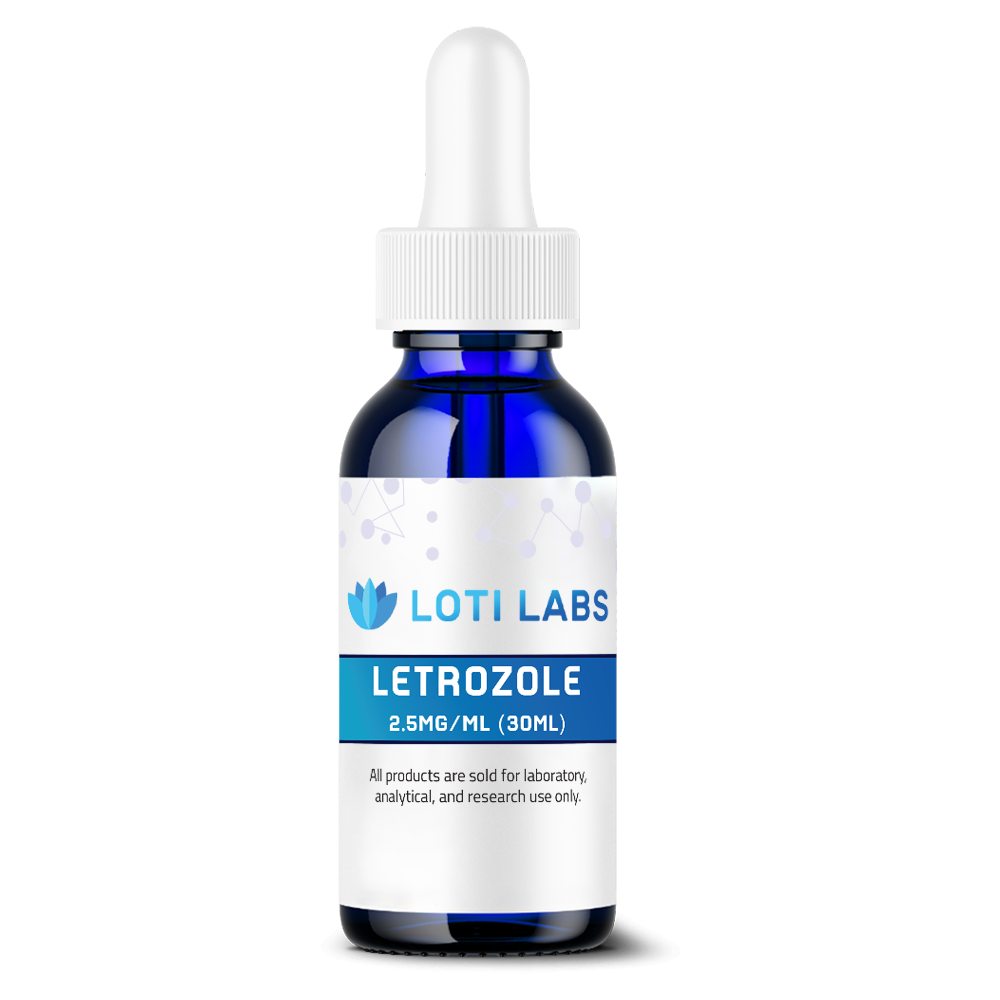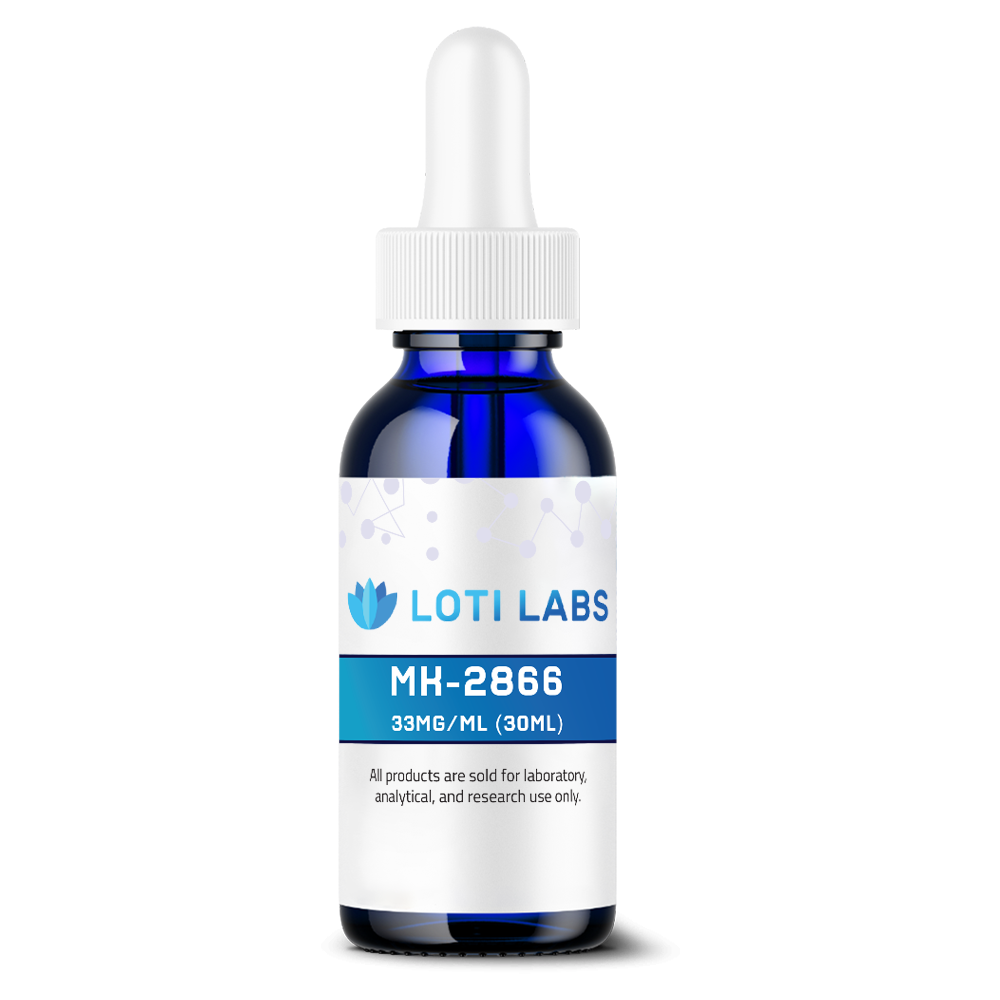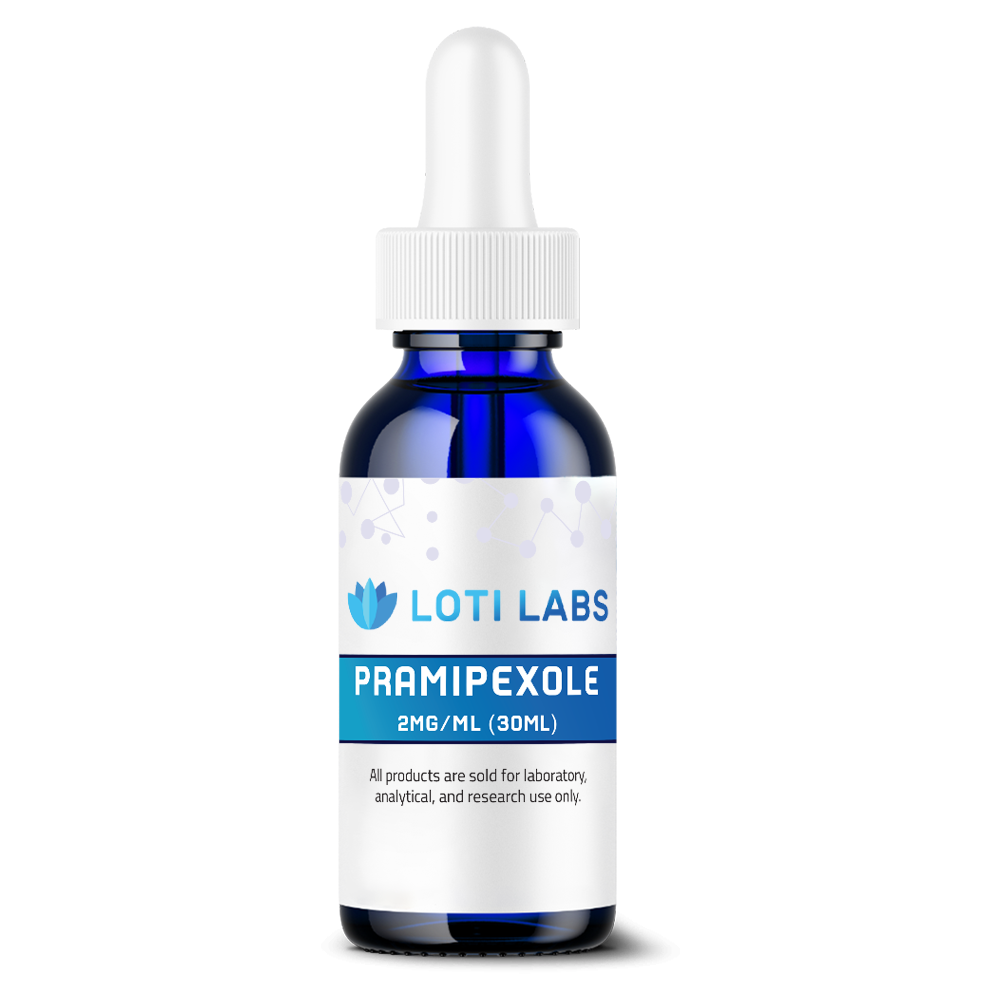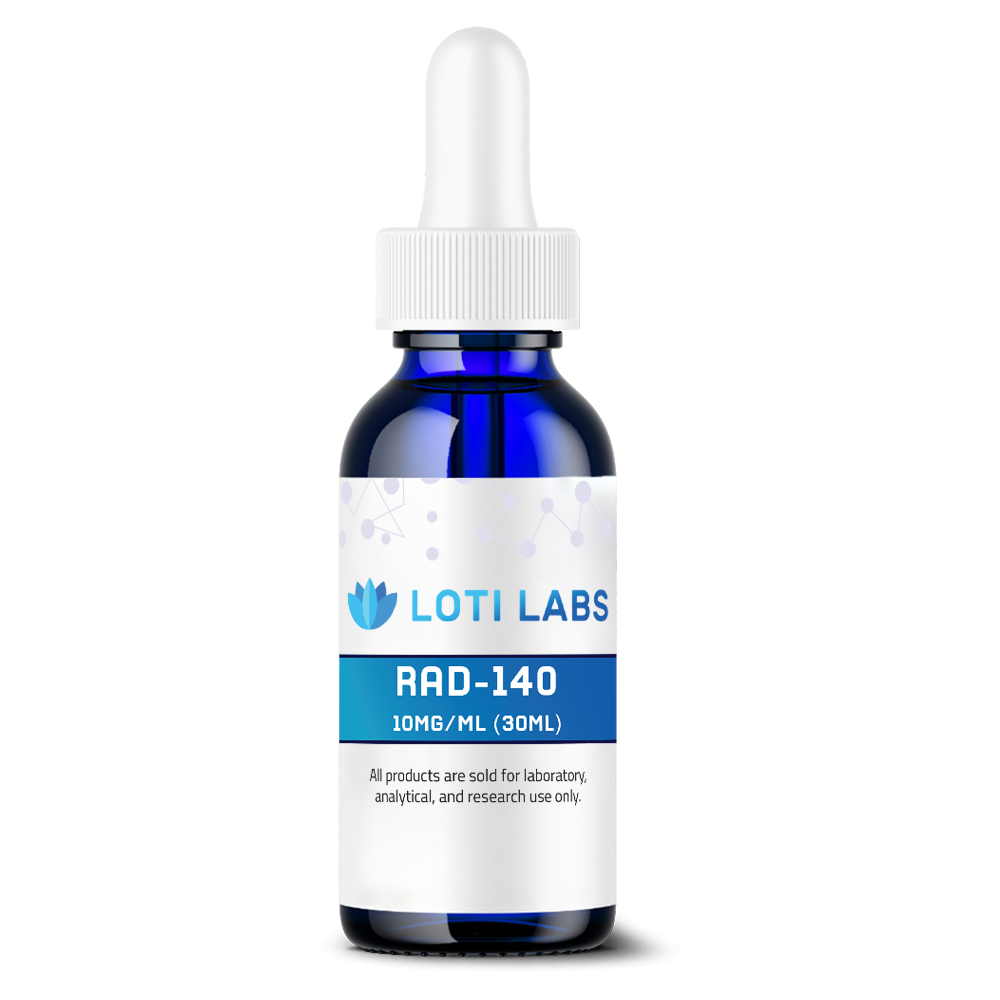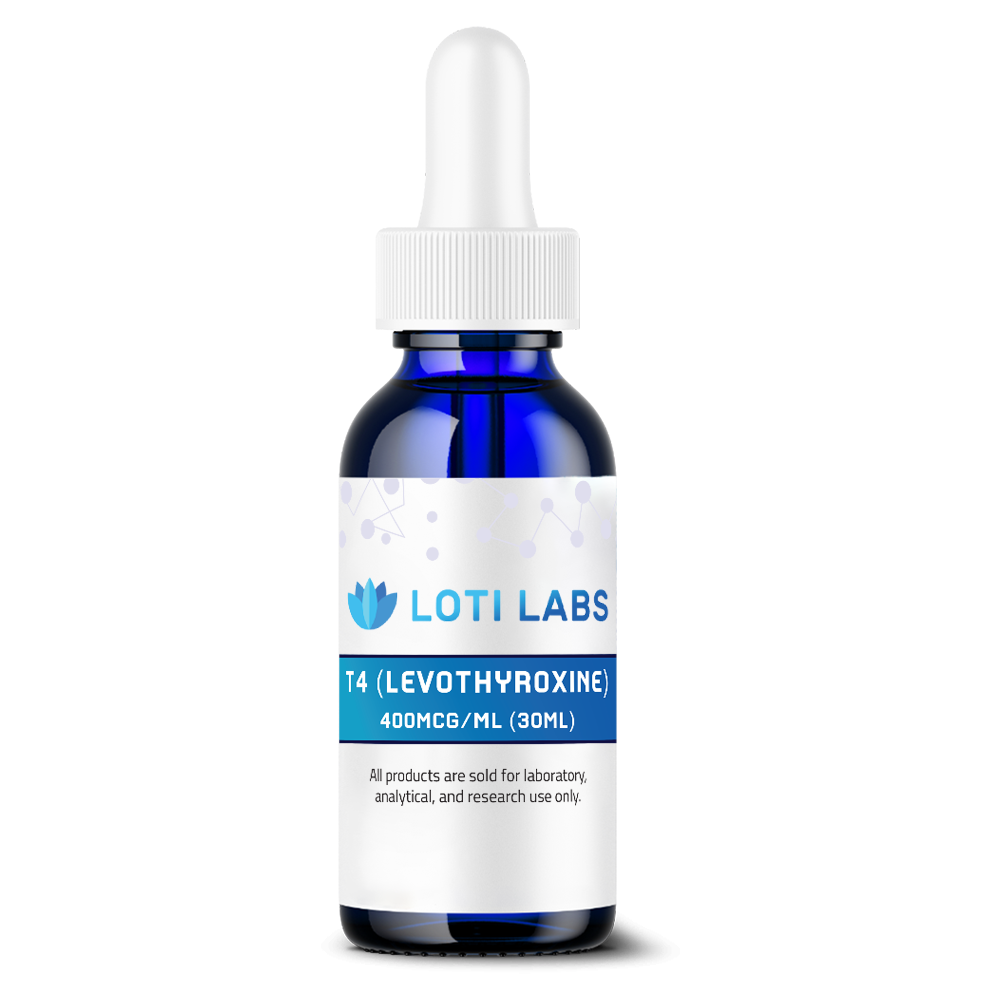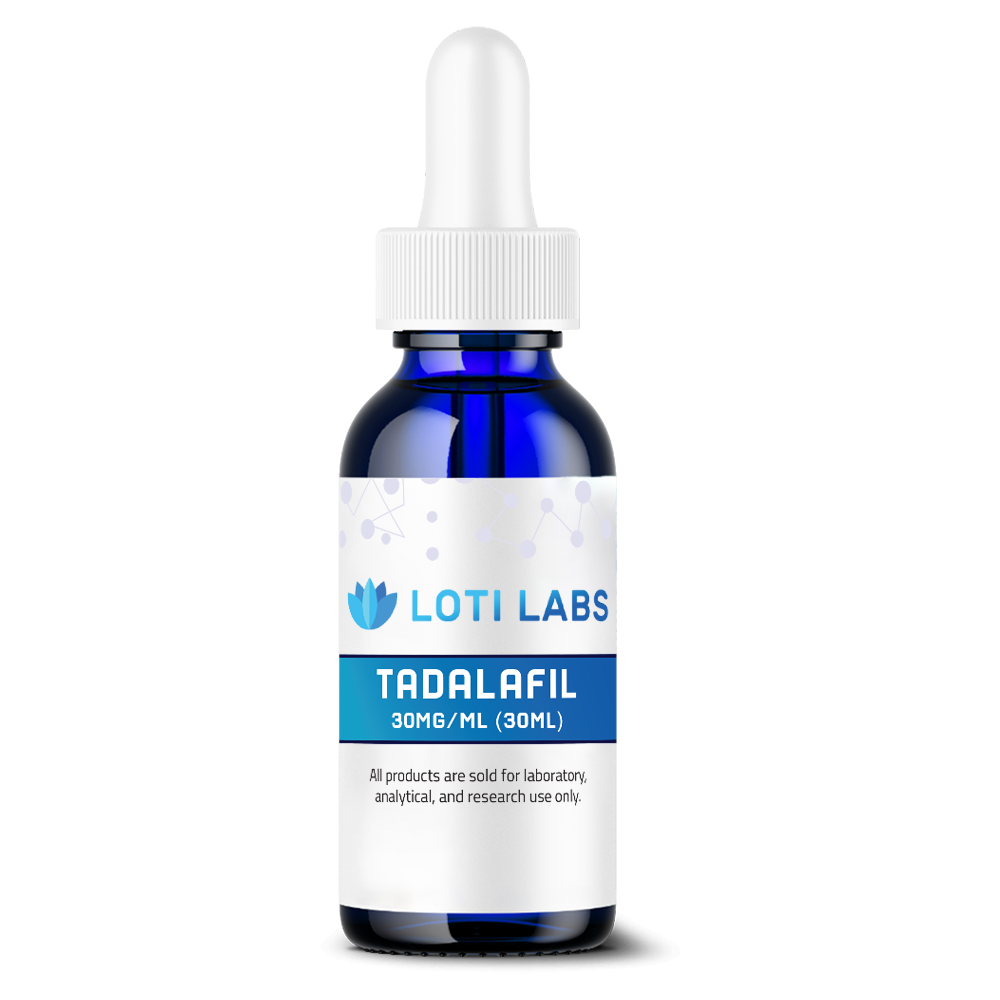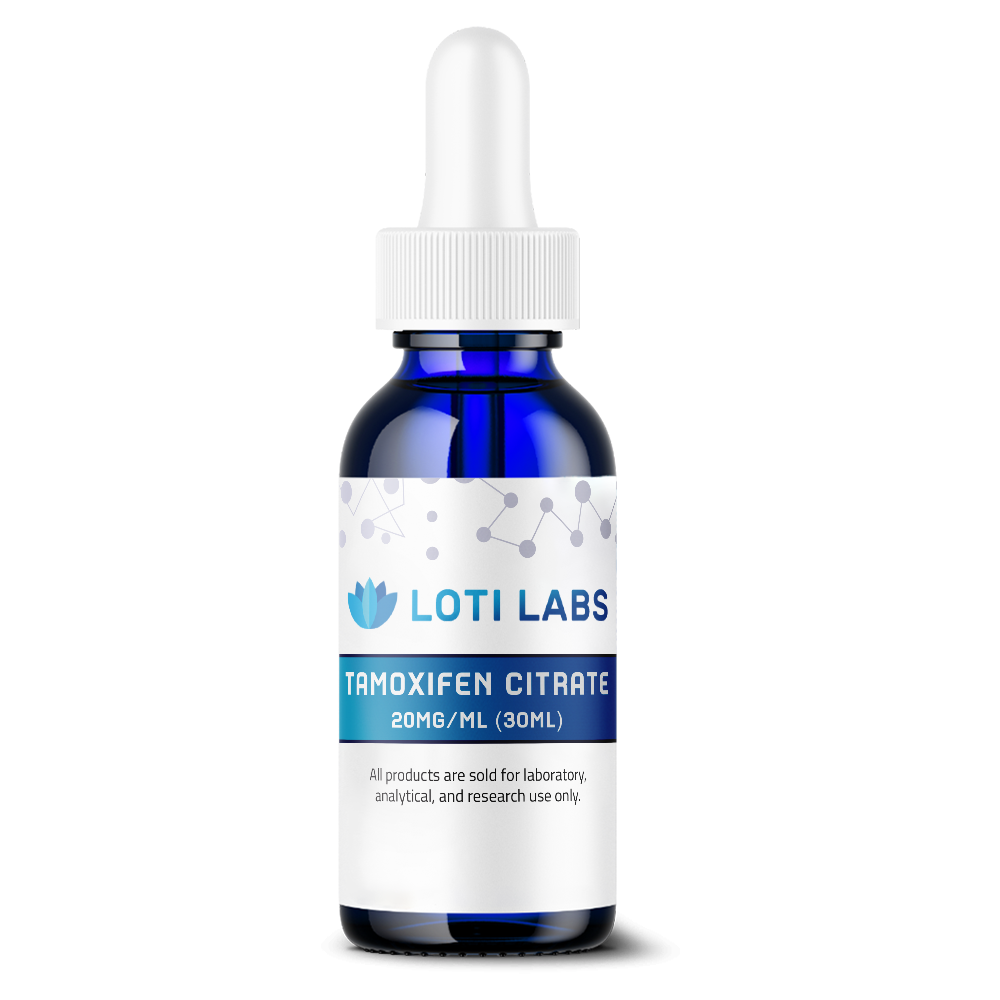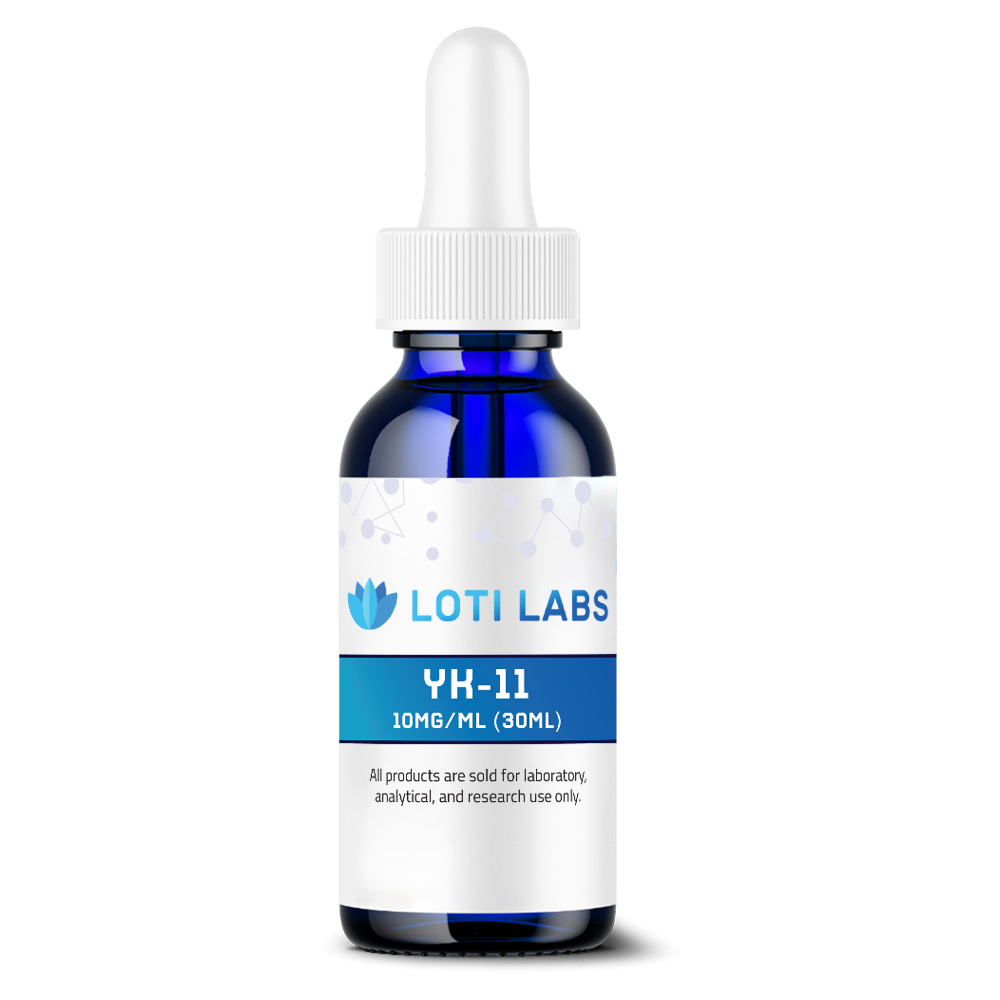-
×
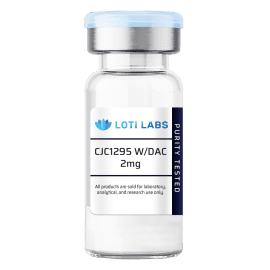 CJC-1295 W/ DAC 2mg
1 × $39.99
CJC-1295 W/ DAC 2mg
1 × $39.99
NEW
BPC-157 5mg / TB-500 5mg (blend)
$99.99
You save
This product is intended as a research chemical only. This designation allows the use of this chemical strictly for in-vitro laboratory testing and experimentation. Human or veterinary use is strictly forbidden. This product is not a drug, food or cosmetic and may not be misbranded, mislabeled or misused as such.
Description


Buy BPC-157 and TB-500 Blend at Loti Labs
The scientific community is getting more and more interested in peptide combinations and regenerative medicine research has made significant progress. One of the most promising compounds being researched is the bpc 157 and tb 500 blend which shows amazing synergy in lab models. This multi functional regenerative peptide blend gives researchers a chance to explore enhanced tissue regeneration pathways through different mechanisms of action.
Research suggests combining these therapeutic peptides can be a comprehensive way to study the body’s natural healing processes. The ongoing research on this peptide blend is revealing new insights into cellular regeneration, wound healing and tissue repair mechanisms that can advance our understanding of regenerative properties in biological systems.
Molecular Structure of BPC-157 and TB-500 Blend
The molecular structure of this peptide blend shows two distinct yet complementary compounds with unique structural profiles for research use.
BPC-157 Structural Profile:
- Amino Sequence: Gly-Glu-Pro-Pro-Pro-Gly-Lys-Pro-Ala-Asp-Asp-Ala-Gly-Leu-Val
- Molecular Formula: C62H98N16O22
- Molecular Weight: 1419.6 g/mol
- CAS Number: 137525-51-0
TB-500 Structural Profile:
- Amino Sequence: Ac-Ser-Asp-Lys-Pro-Asp-Met-Ala-Glu-Ile-Glu-Lys-Phe-Asp-Lys-Ser-Lys-Leu-Lys-Lys-Thr-Glu-Thr-Gln-Glu-Lys-Asn-Pro-Leu-Pro-Ser-Lys-Glu-Thr-Ile-Glu-Gln-Glu-Lys-Gln-Ala-Gly-Glu-Ser
- Molecular Formula: C212H350N56O78S
- Molecular Weight: 4963.5 g/mol
- CAS Number: 77591-33-4
BPC-157, also known as body protection compound, is a stable gastric pentadecapeptide bpc derived from gastric juice research. This synthetic peptide is very stable in different pH environments making it very useful for lab research. TB-500 is a synthetic version of the naturally occurring protein thymosin beta-4 which plays important roles in cell migration and tissue health in research models.
Mechanism of Action
The bpc 157 and tb 500 blend creates a synergistic research compound that works through different pathways in lab settings. Research suggests BPC-157 is stable in gastric environment and promotes tissue regeneration through multiple signaling cascades.
BPC-157 research shows interaction with endothelial nitric oxide synthase (eNOS), vascular endothelial growth factor receptors (VEGFR), and growth hormone receptor pathways. These interactions seem to support angiogenesis, fibroblast migration and cellular regeneration in experimental models. The compound’s effect on FAK-paxillin and ERK1/2 signaling cascades is particularly important for cell migration and wound healing research.
TB-500 as a synthetic analog of thymosin beta-4 activates actin binding mechanisms that facilitates cellular migration and promotes angiogenesis in experimental settings. This naturally occurring protein fragment regulates actin polymerization, an essential process in cellular migration and tissue health. Research shows TB-500 increases matrix metalloproteinase expression and upregulates integrins, both important in tissue repair studies.
When combined, these peptides show enhanced regenerative capabilities through multiple signaling cascades that promotes faster healing in research models. The peptide blend seems to provide comprehensive coverage of healing effects by supporting cell migration, reducing inflammation and tissue reconstruction in lab research.
Research Studies
Lab research indicates potential applications in multiple research areas, with studies showing promising results across different tissue types and injury recovery models.
BPC-157 Research Findings
Research suggests BPC-157 is promising in gastrointestinal tissues research, particularly in inflammatory bowel disease models and tissue integrity studies. Animal studies showed complete restoration of gastrocnemius function in rat Achilles tendon rupture model within 14 days of administration, compared to 21+ days in control groups. Additional research shows efficacy in gastric ulcer healing, colitis models and reversing damage from NSAID toxicity in lab settings.
TB-500 Investigation Results
TB-500 research shows significant angiogenic properties and cellular migration enhancement in controlled experimental settings. Studies show TB-500 reduced healing time for corneal, dermal and muscle injuries by up to 40% in animal models. Research also shows improved cardiac function after myocardial infarction in rat studies and enhanced hair growth while reducing inflammatory infiltration in alopecia research models.
Combined Research Applications
Combined research shows increased efficacy in soft tissue injuries regeneration models, with notable applications in tendon healing, ligament healing and muscle tissue research. While there are limited published studies on the bpc 157 tb 500 combination, lab data shows statistically significant improvement in tendon and ligament repair compared to individual peptide administration.
Combination with other experimental protocols such as platelet-rich plasma (PRP) and alpha-2-macroglobulin (A2M) therapy shows promising preliminary results in regenerative research settings. Research suggests the peptide combination enhances cell migration, vascularization and reduces inflammation in ex-vivo tissue cultures when combined with these adjunctive protocols.
Storage and Safety
Both peptides have excellent stability profiles under proper lab storage conditions, making them suitable for long term research.
Storage Requirements
| Component | Lyophilized Storage | Reconstituted Storage | Maximum Duration |
|---|---|---|---|
| BPC-157 | -20°C | 2-8°C | 14 days reconstituted |
| TB-500 | -20°C | 2-8°C | 14 days reconstituted |
| Combined Blend | -20°C | 2-8°C | 14 days reconstituted |
BPC-157 is stable in various pH environments due to its short, linear peptide sequence and lack of disulfide bonds. This stability makes it very useful for research applications that require exposure to different environmental conditions. TB-500 requires standard peptide storage protocols but is very stable when properly stored in lyophilized form.
Lab Safety Profile
Research shows minimal experimental interference when administered at recommended research concentrations. Safety data shows no cytotoxicity in controlled lab settings, no genotoxic or mutagenic effects at standard research concentrations. Both compounds are compatible with primary cell lines and organoid cultures in in vitro research models.
For best results, reconstitute the lyophilized powder with sterile bacteriostatic water or saline solution and maintain strict sterile technique during experimental procedures.
Why Buy from Loti Labs
Loti Labs offers pharmaceutical grade bpc 157 and tb 500 blend with verified purity for research. Our standardized production protocols ensure batch-to-batch consistency for reliable experimental results across multiple research projects.
Quality Assurance Standards
- GMP-Certified Facilities: All compounds are synthesized in Good Manufacturing Practice certified labs
- HPLC Analysis: Every batch is analyzed by HPLC to confirm purity above 99%
- Batch Consistency: Standardized production reduces variability between research batches* Third-Party Verification: Independent laboratory testing confirms compound identity and potency
Researchers have reported improved tissue regeneration models and accelerated healing protocols when using our precision-blended product. Our product enables deeper investigation into cellular migration, angiogenesis and inflammatory response pathways with better reproducibility than single-peptide research models.
The combination is designed for research into molecular mechanisms of wound healing, new blood vessels formation and chronic inflammation pathways, a powerful tool for exploratory and confirmatory studies.
Loti Labs Products are for Research Use Only
All products sold by Loti Labs are research chemicals only. This designation allows use of these compounds for in-vitro laboratory testing and experimentation only. Human or veterinary use is strictly prohibited.
These products are not for human or veterinary use and may not be misbranded, mislabeled or misused as such. Researchers must consult with a licensed healthcare professional before starting any research and comply with all applicable research regulations.
The research use only designation ensures our peptide therapy compounds remain available for legitimate scientific research while complying with research chemical regulations.
Shipping
Loti Labs ships same day for orders placed before 1pm EST Monday-Friday. Orders placed after 1pm EST or weekends will ship the next business day. Our fast shipping helps maintain peptide viability and support researchers with faster experimental timelines.
30-Day Satisfaction Guarantee
Loti Labs offers 30-day money back guarantee on all products. Simply return any unopened products to us for full refund of the purchase price of the unused products. This policy reduces research risk when trying new compounds and shows our commitment to scientific integrity.
Third Party Testing of Every Batch
Every batch of products sold by Loti Labs is third-party tested using HPLC to ensure product purity and accuracy. This independent verification quantifies peptide purity and confirms absence of contaminating sequences or degradation products, so you can trust your research results.
Summary
The bpc 157 and tb 500 blend is a game-changer in peptide research, a powerful tool to investigate tissue regeneration, cellular migration and inflammatory response mechanisms. Research shows this peptide combination has synergistic effects that improve traditional single-compound approaches to regenerative research.As more research emerges on the therapeutic applications of these compounds, scientists need high-quality, consistent research materials. Loti Labs’ GMP production, testing and research compliance means you can focus on the science. Ready to research this advanced peptide combination? Contact us today.
References and Citations
- Journal of Peptide Science (2021). “Tissue regeneration mechanisms of BPC-157 in experimental models.”
- International Journal of Molecular Sciences (2020). “Thymosin β4 derivatives in tissue repair research.”
- Bioorganic & Medicinal Chemistry (2019). “Synergistic effects of peptide combinations in regenerative pathways.”
- American Journal of Physiology (2018). “Angiogenic properties of TB-500 in laboratory models.”
Additional information
| Weight | .03125 lbs |
|---|
